Located in southern China, Guangzhou has long been an important trade and transportation hub. The 1970s were a period of considerable change in the city, as China began opening its doors to the world and embracing modernization. With these changes came remarkable advancements in infrastructure, industry, and urban development.
The decade kicked off with the construction of new residential buildings, offices, and public spaces. The city’s skyline began to take shape as architects and urban planners embraced a blend of traditional and modern designs. Guangzhou’s streets, once dominated by bicycles, slowly made way for an increasing number of cars and buses.
Culturally, Guangzhou was a melting pot of influences, as locals embraced new ideas and trends from around the globe. Music, fashion, and art started to reflect a fusion of Eastern and Western styles, giving rise to a unique and vibrant creative scene. The city’s food scene also thrived, with traditional Cantonese cuisine adapting to the tastes of international visitors.
Despite the modernization and development, Guangzhou remained deeply connected to its roots. Traditional customs and practices continued to play an essential role in the everyday lives of the city’s residents. Festivals like the Lunar New Year and the Dragon Boat Festival were celebrated with great enthusiasm, preserving the rich cultural heritage of the region.
Below are some fascinating vintage photos that will take you back to the 1970s in Guangzhou.


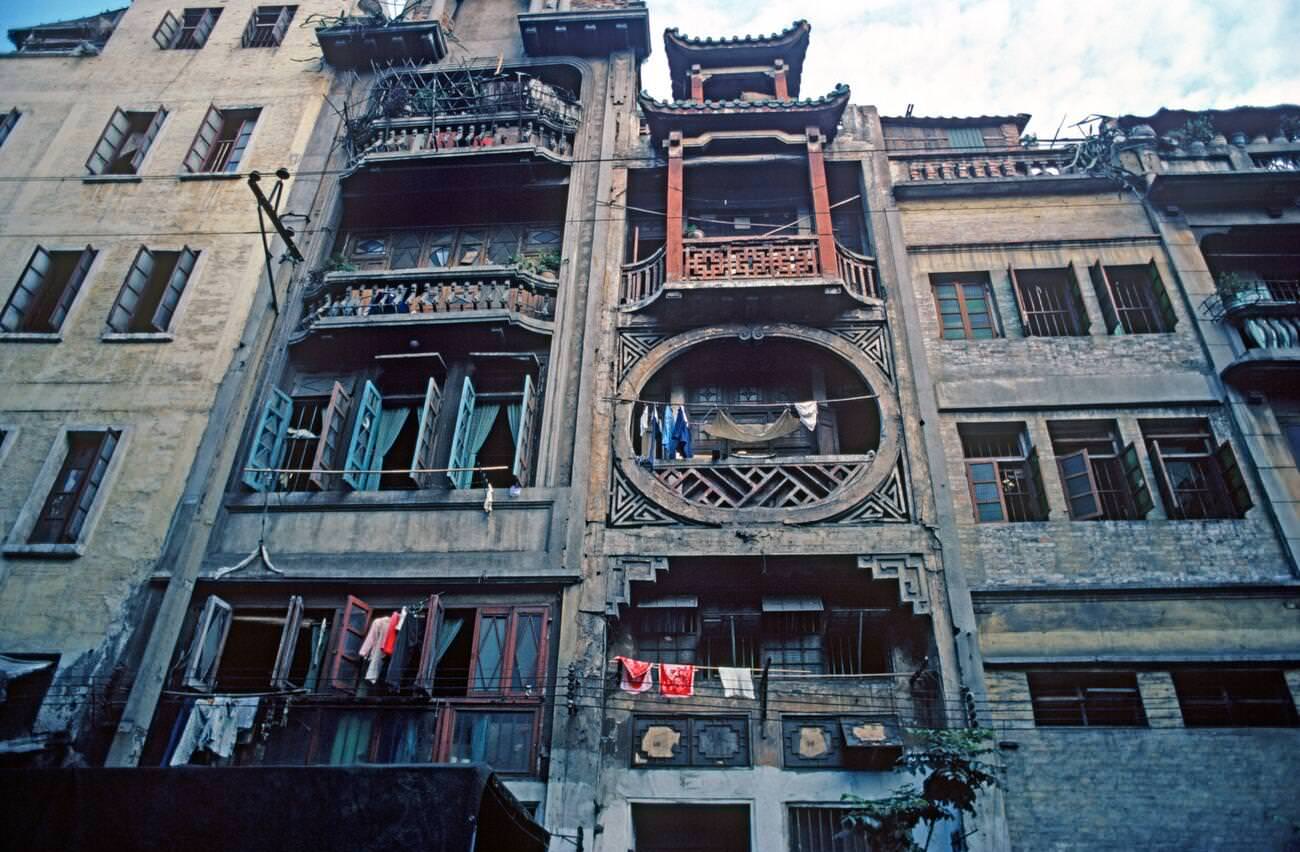
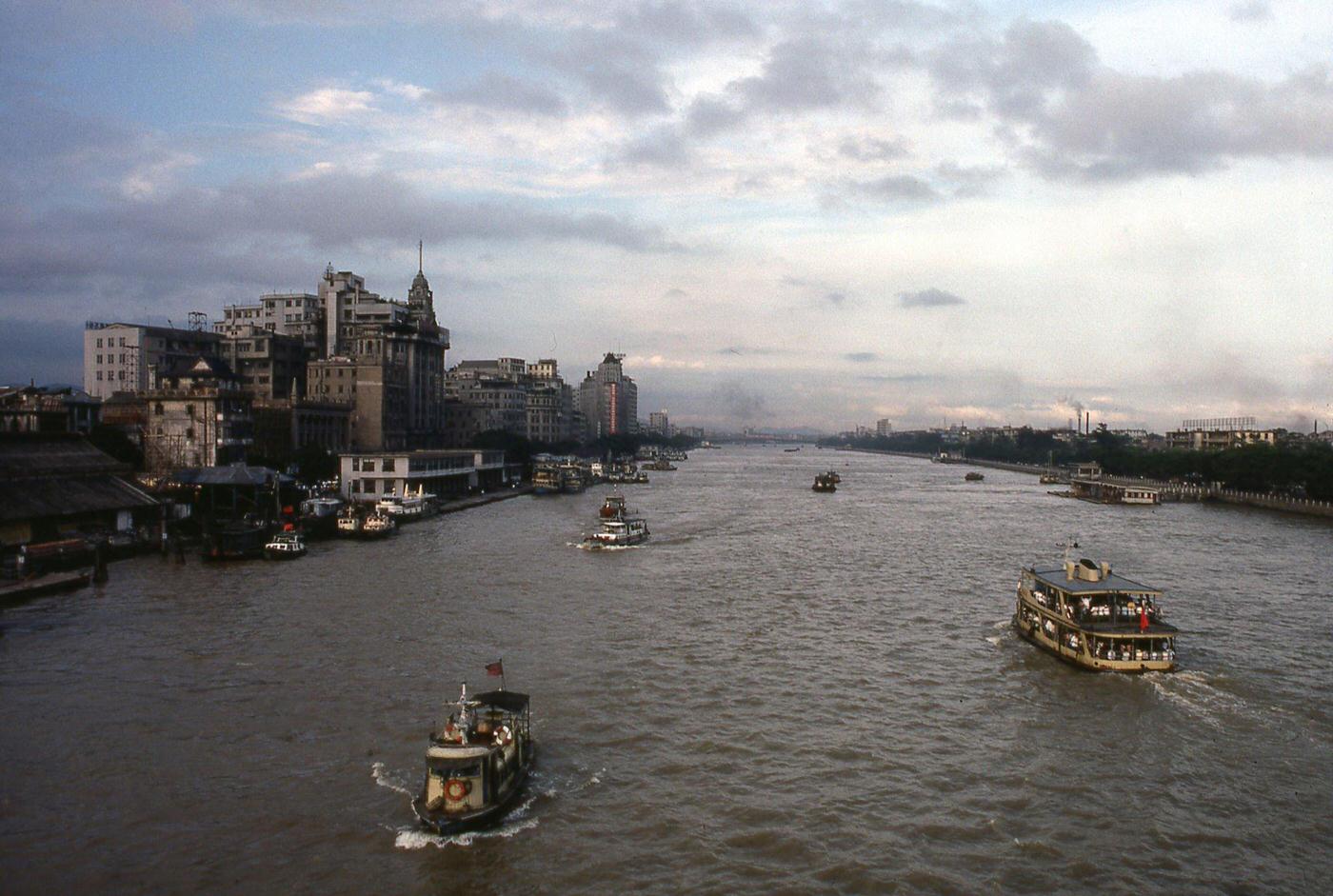
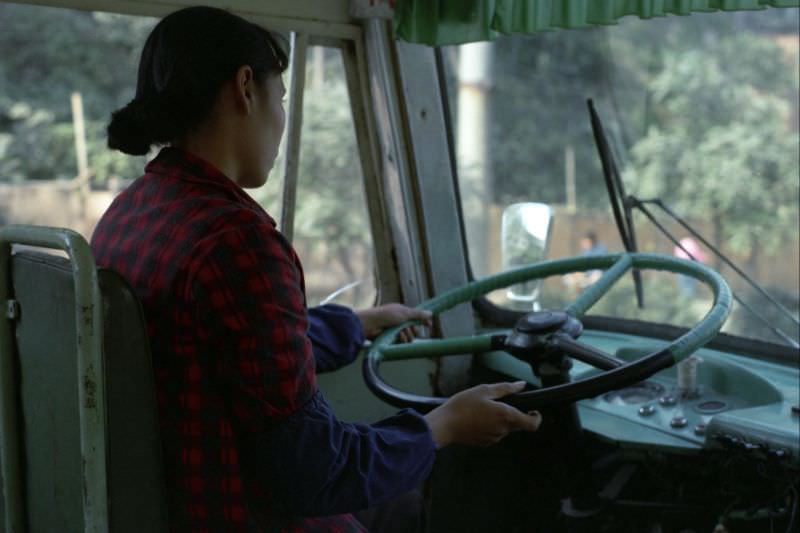
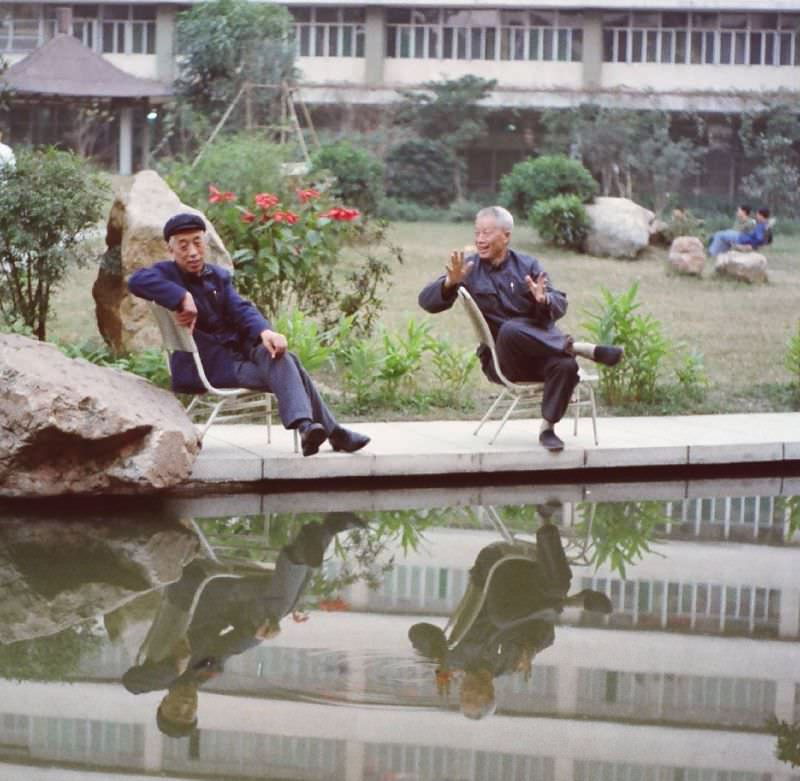
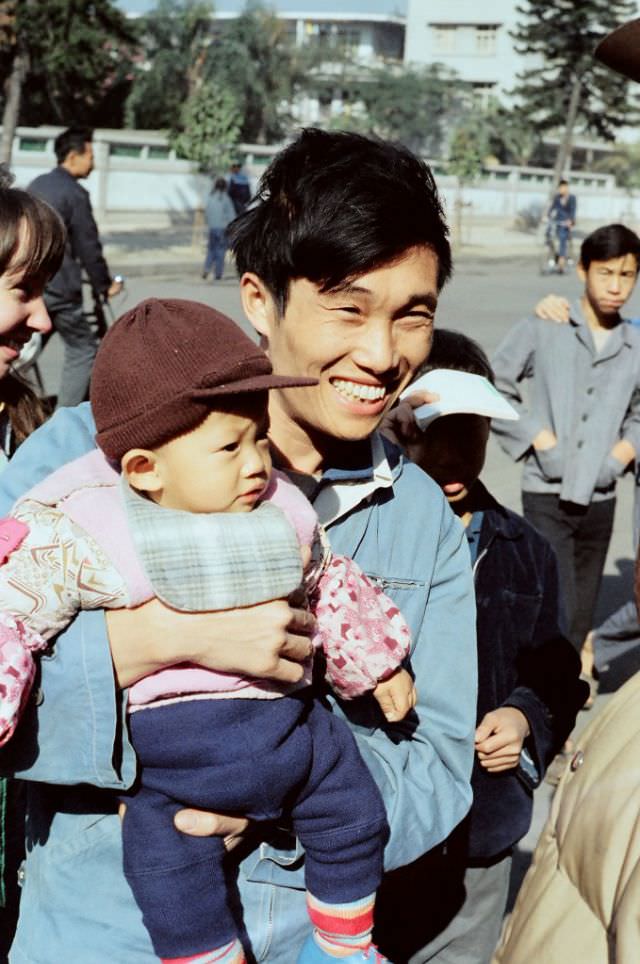
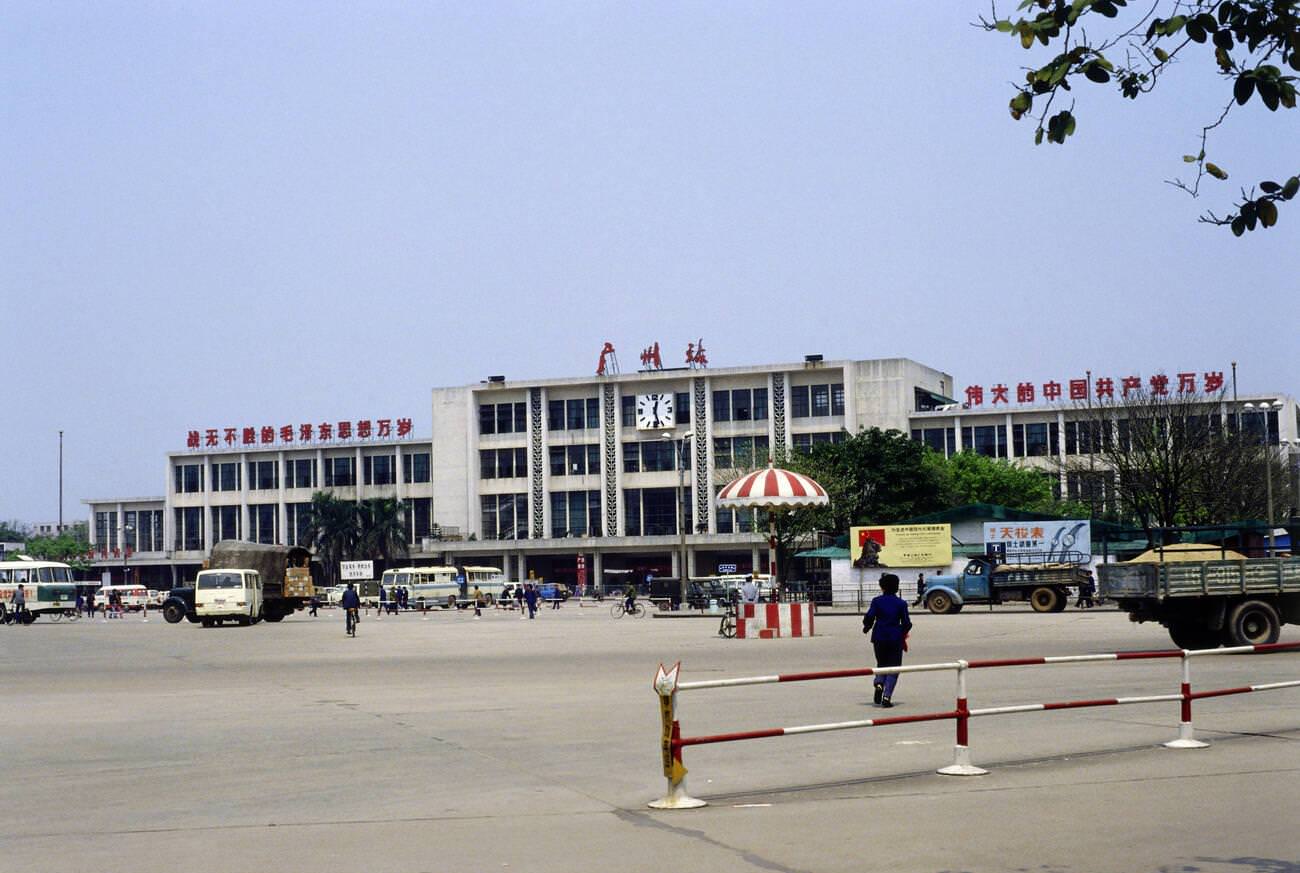
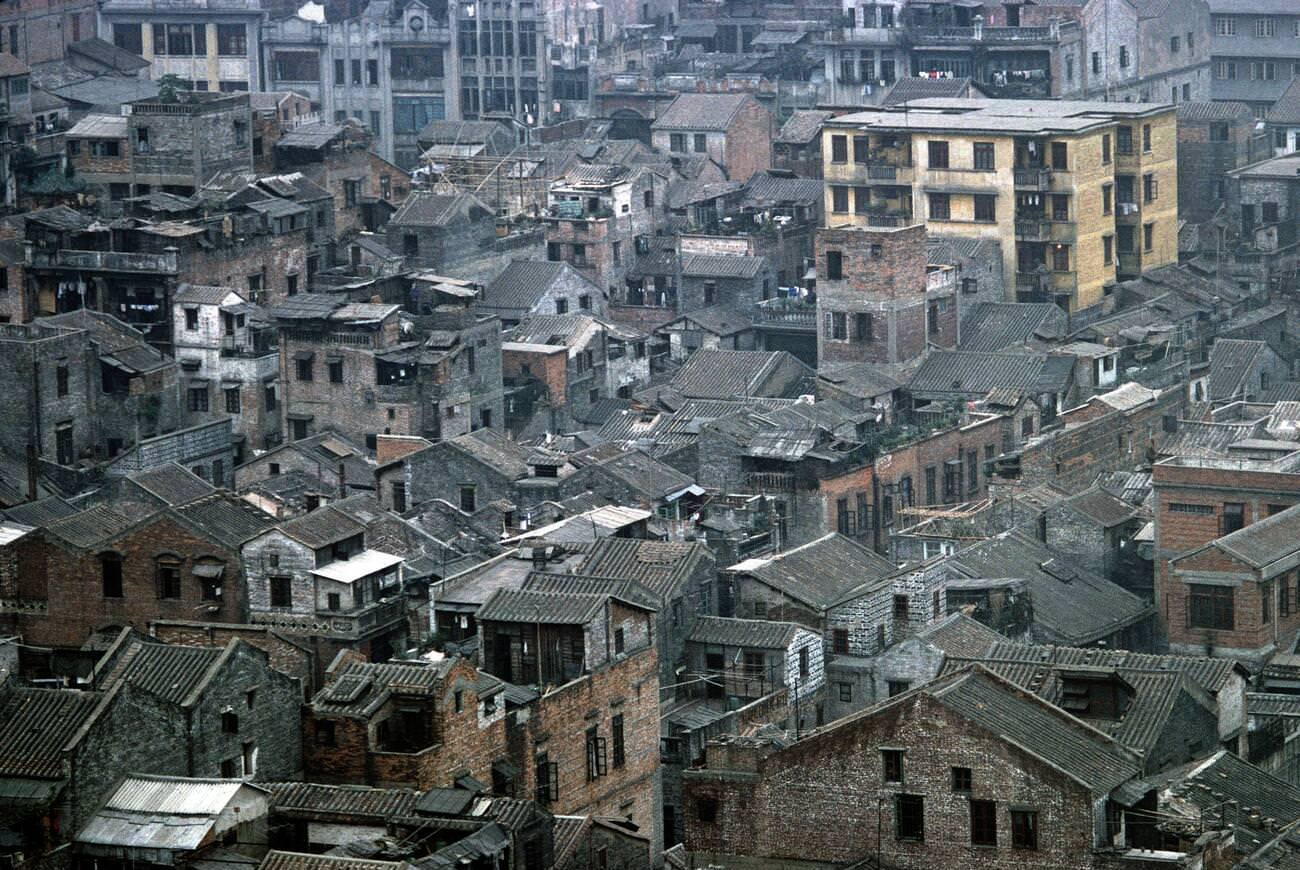
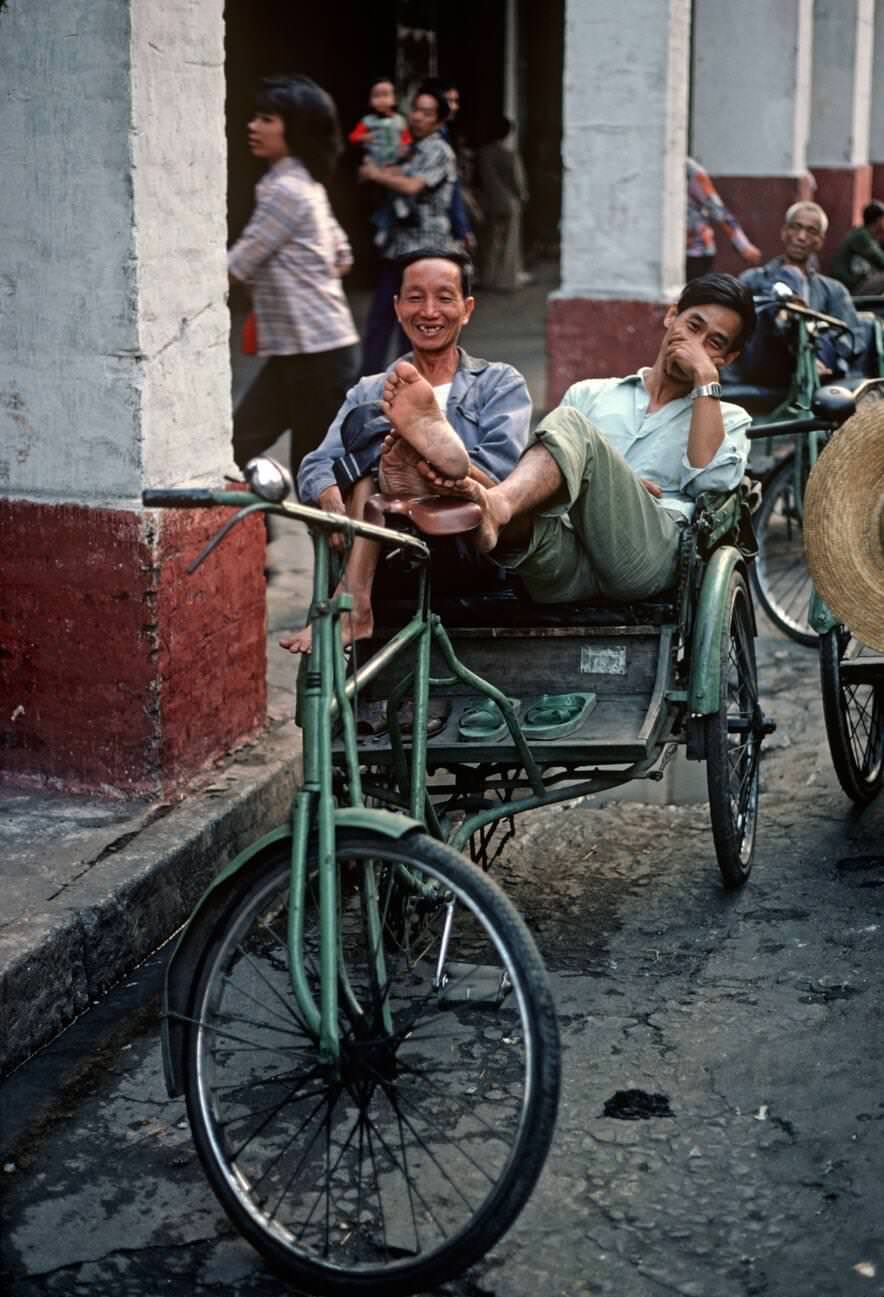
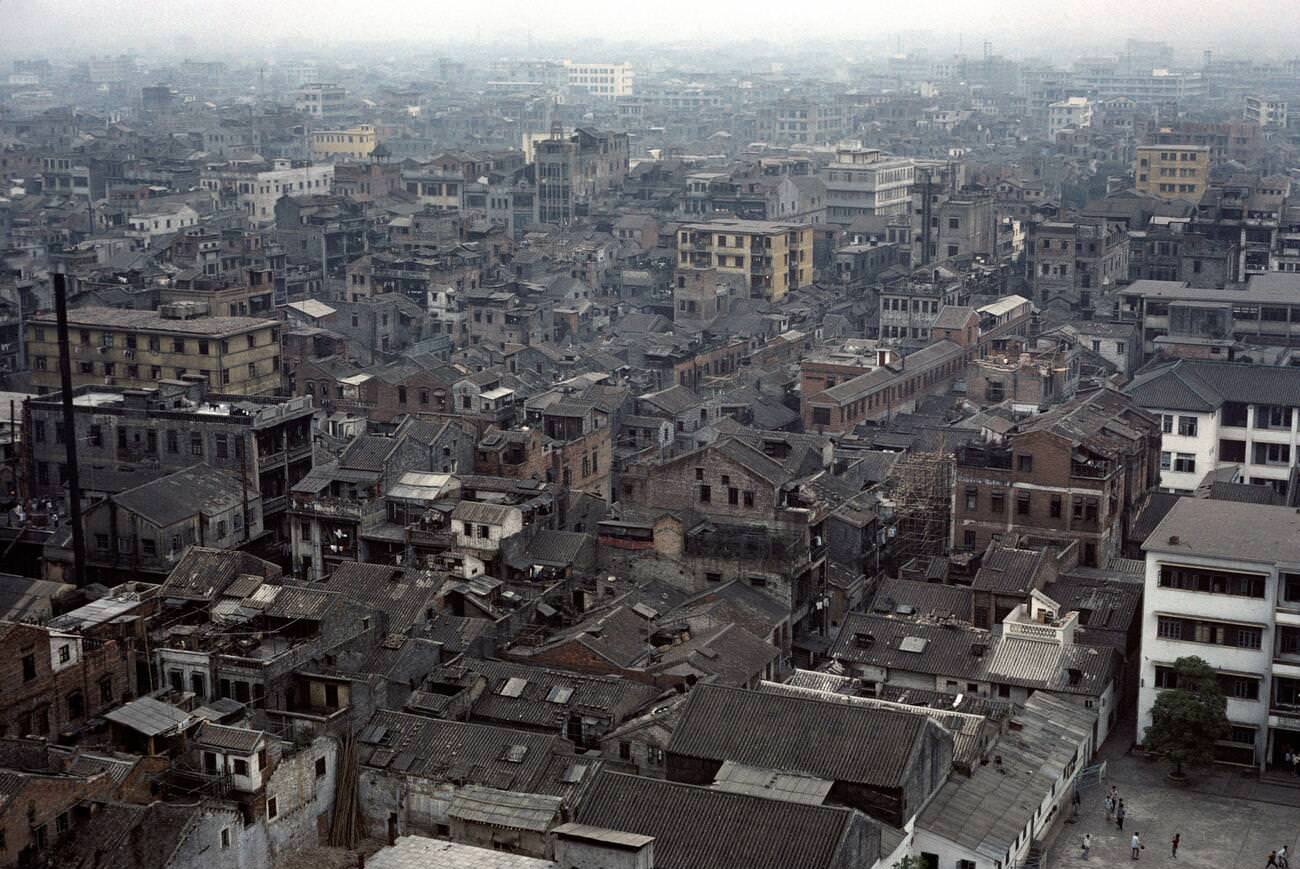
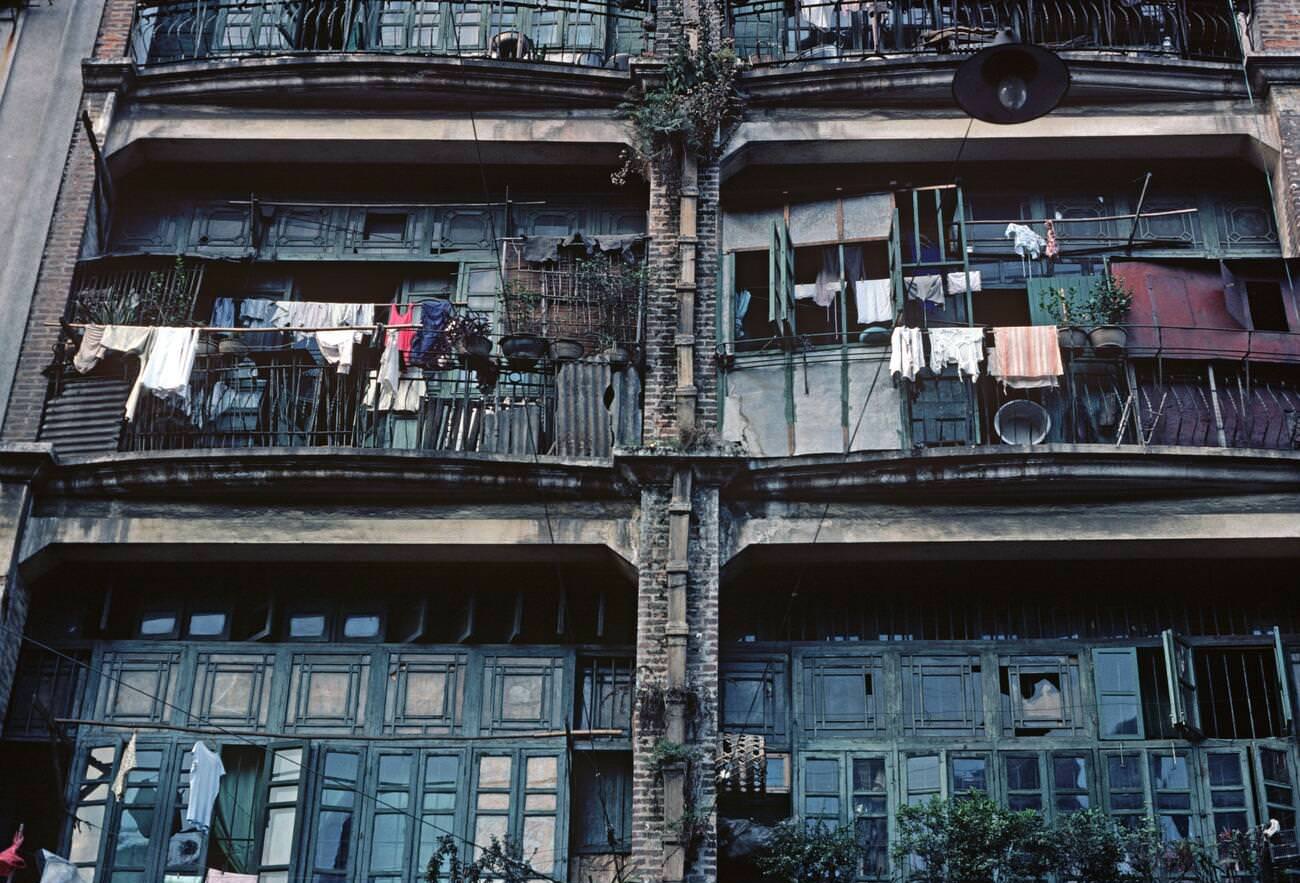
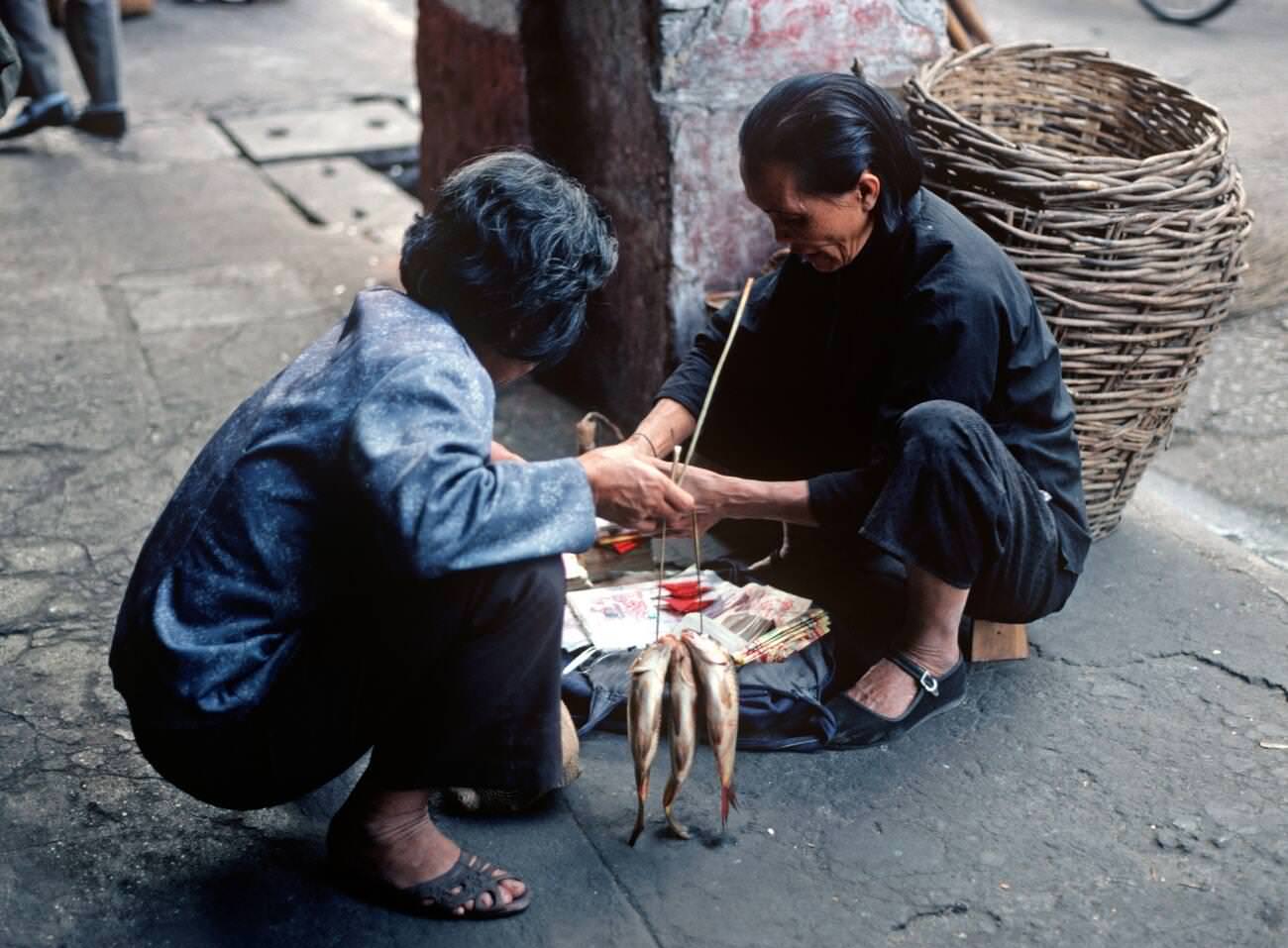
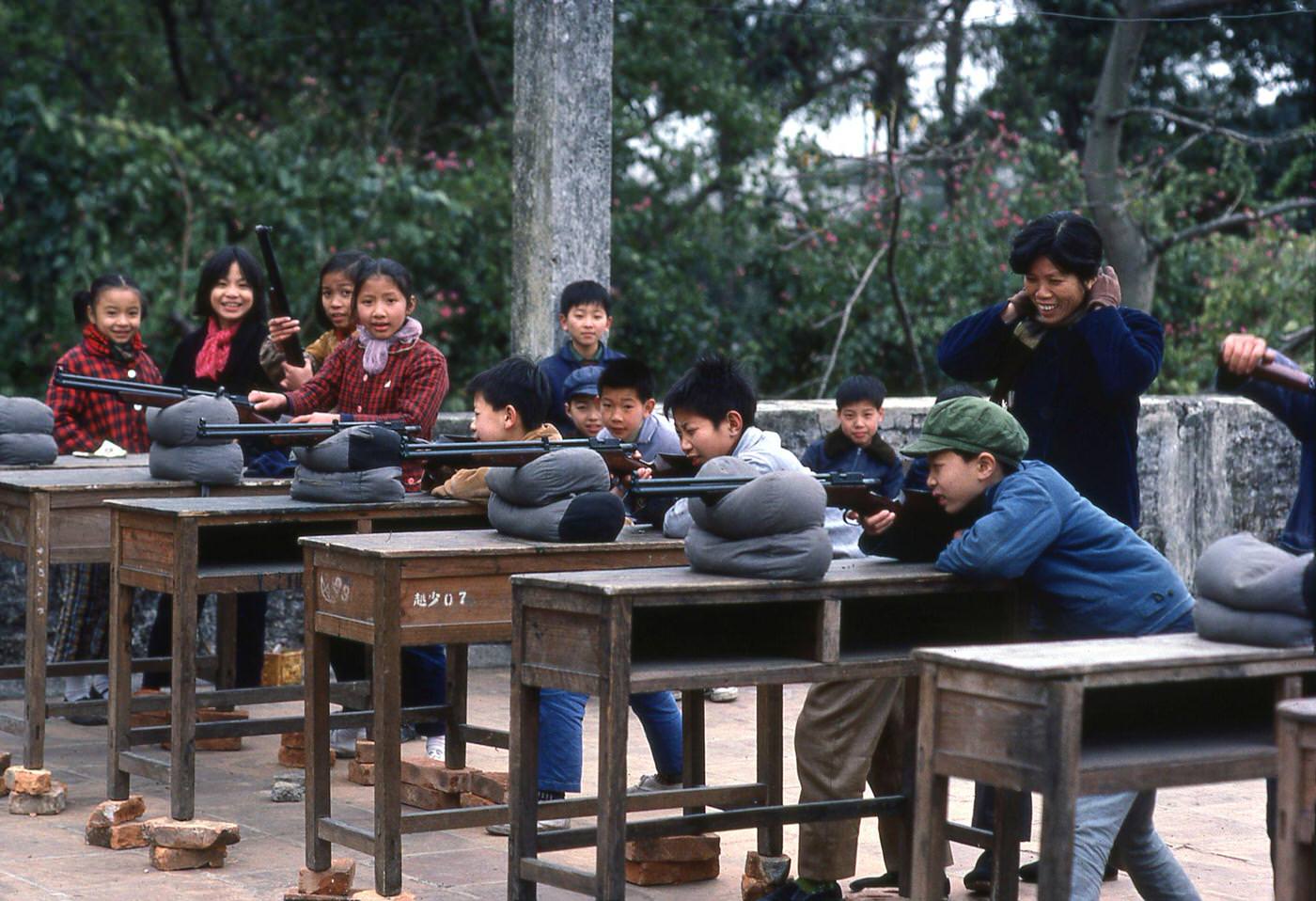
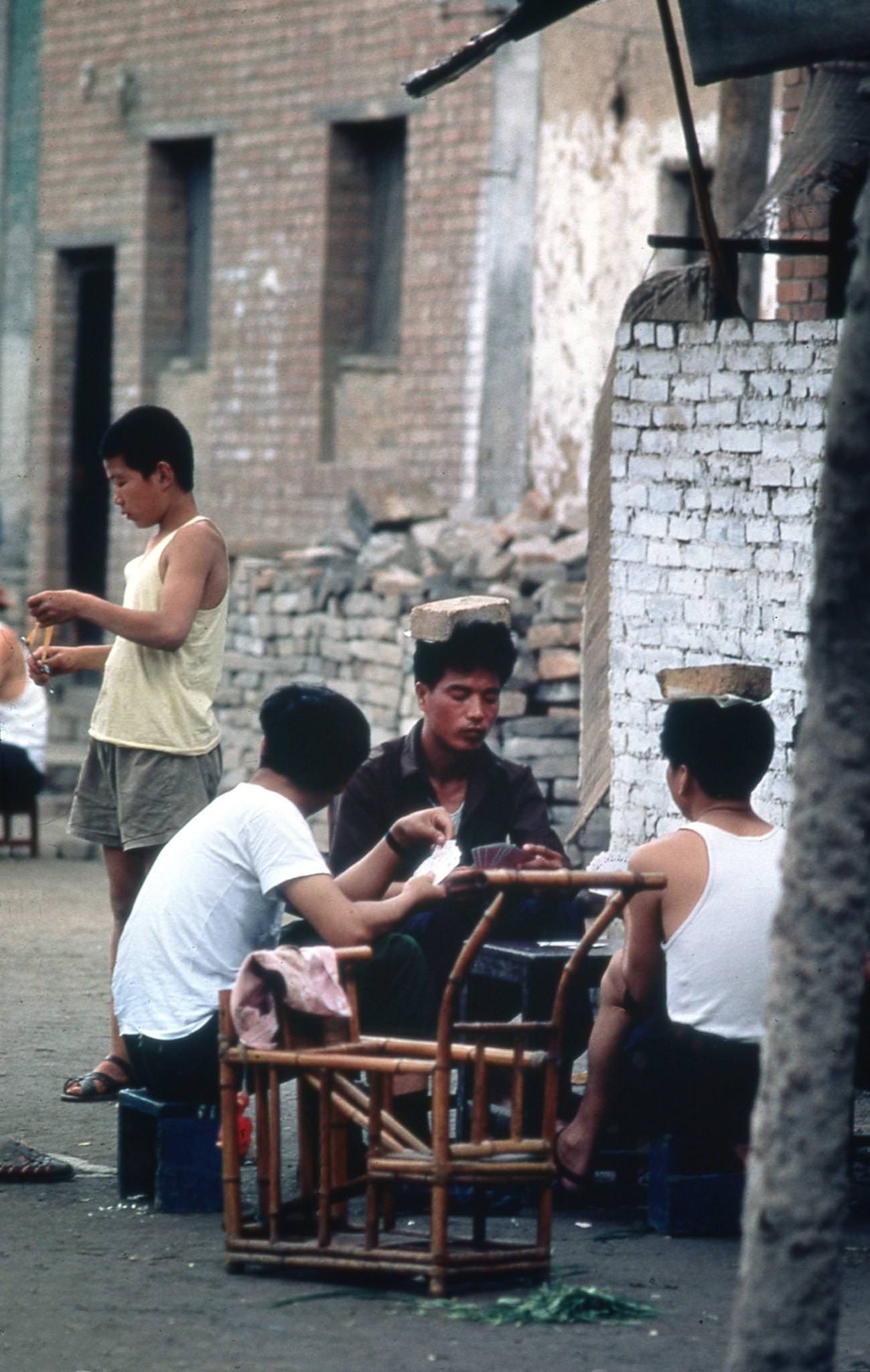
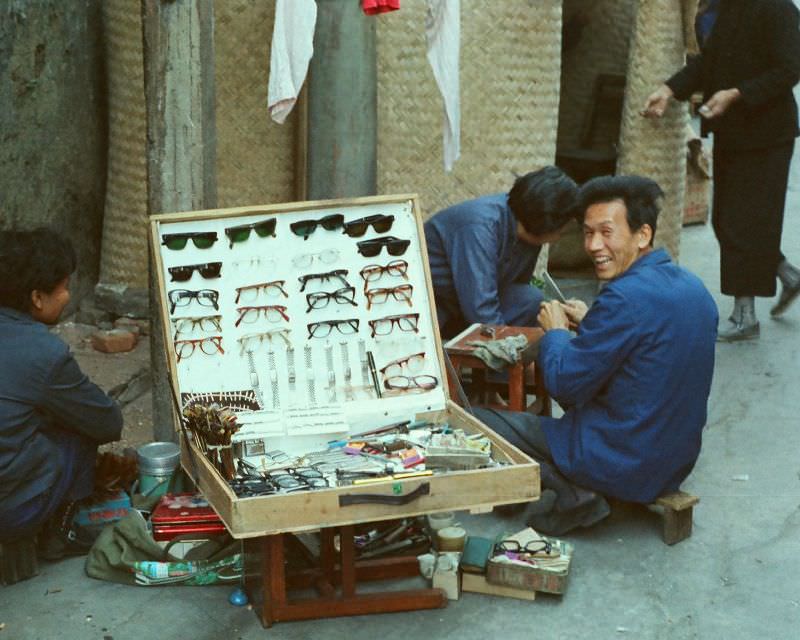
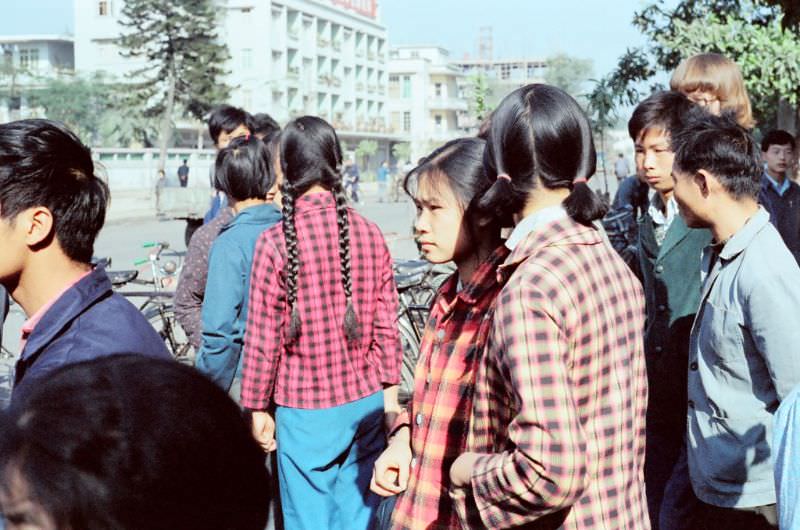
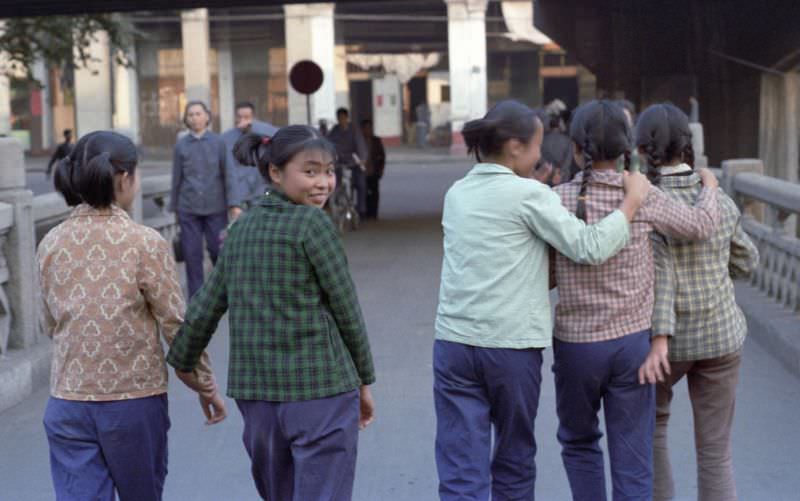
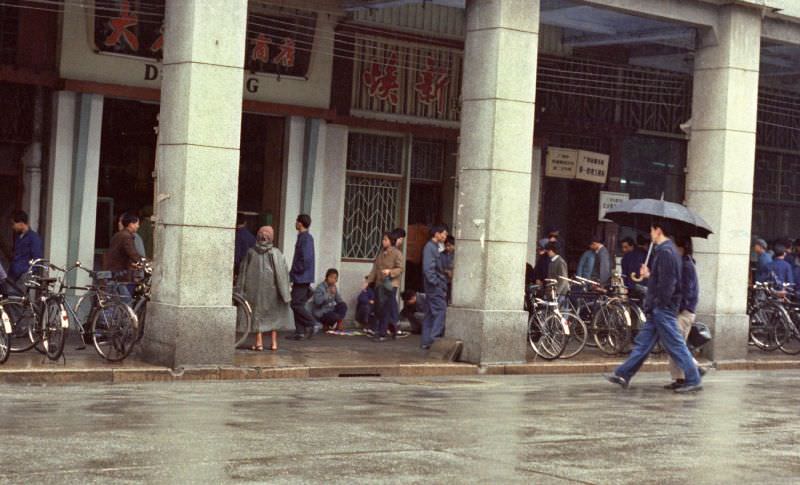
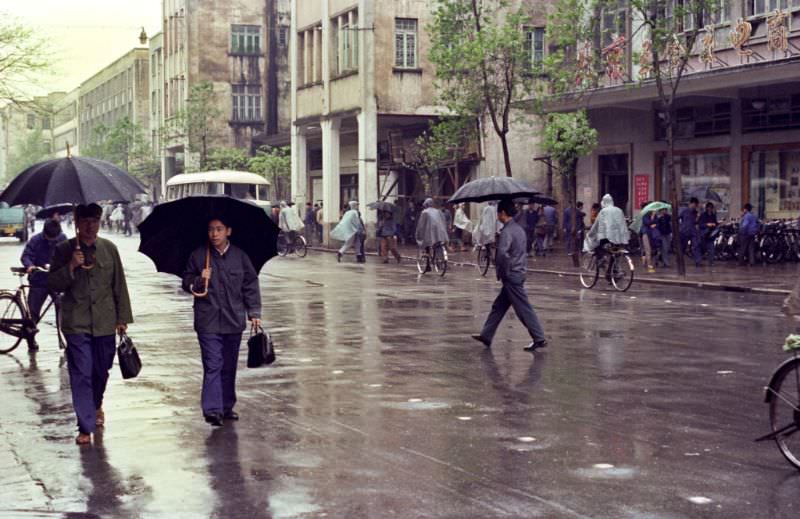
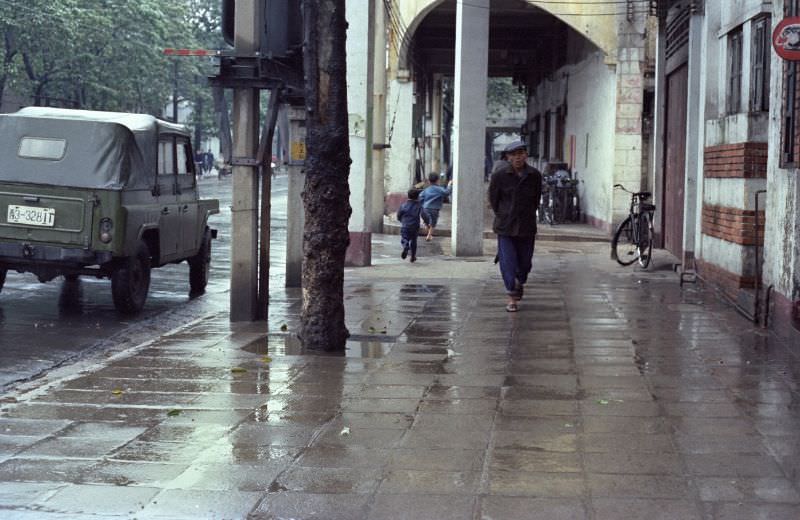
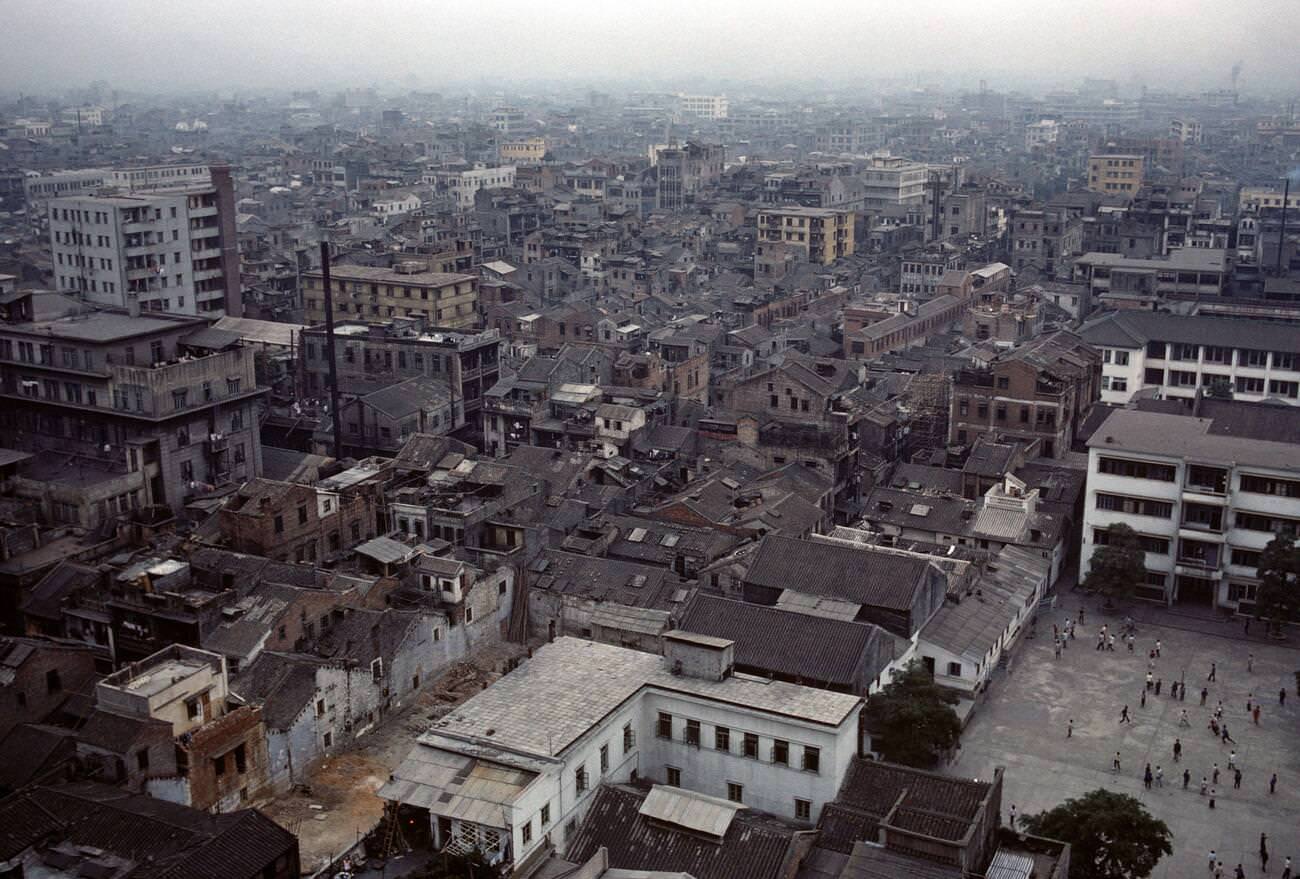
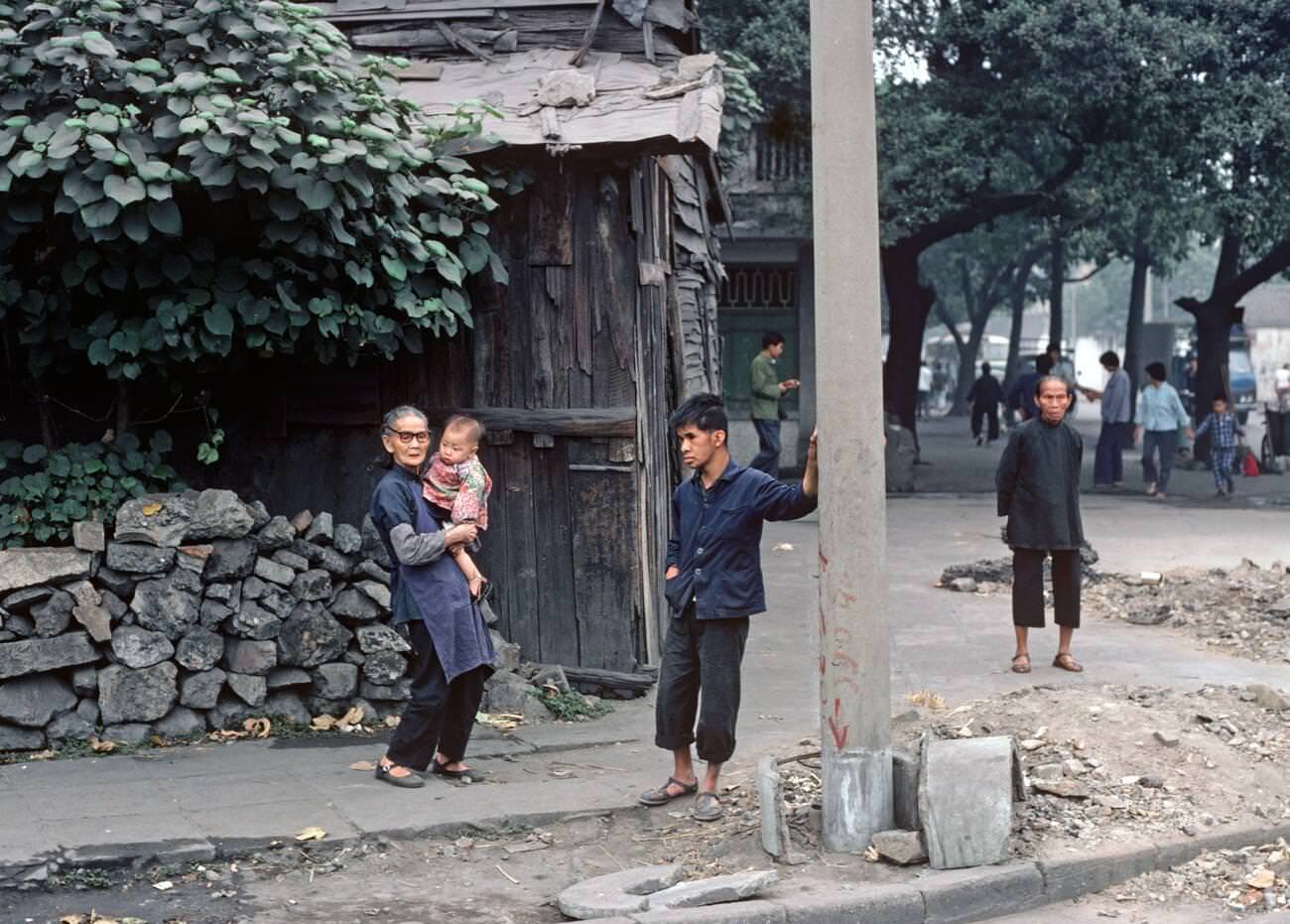
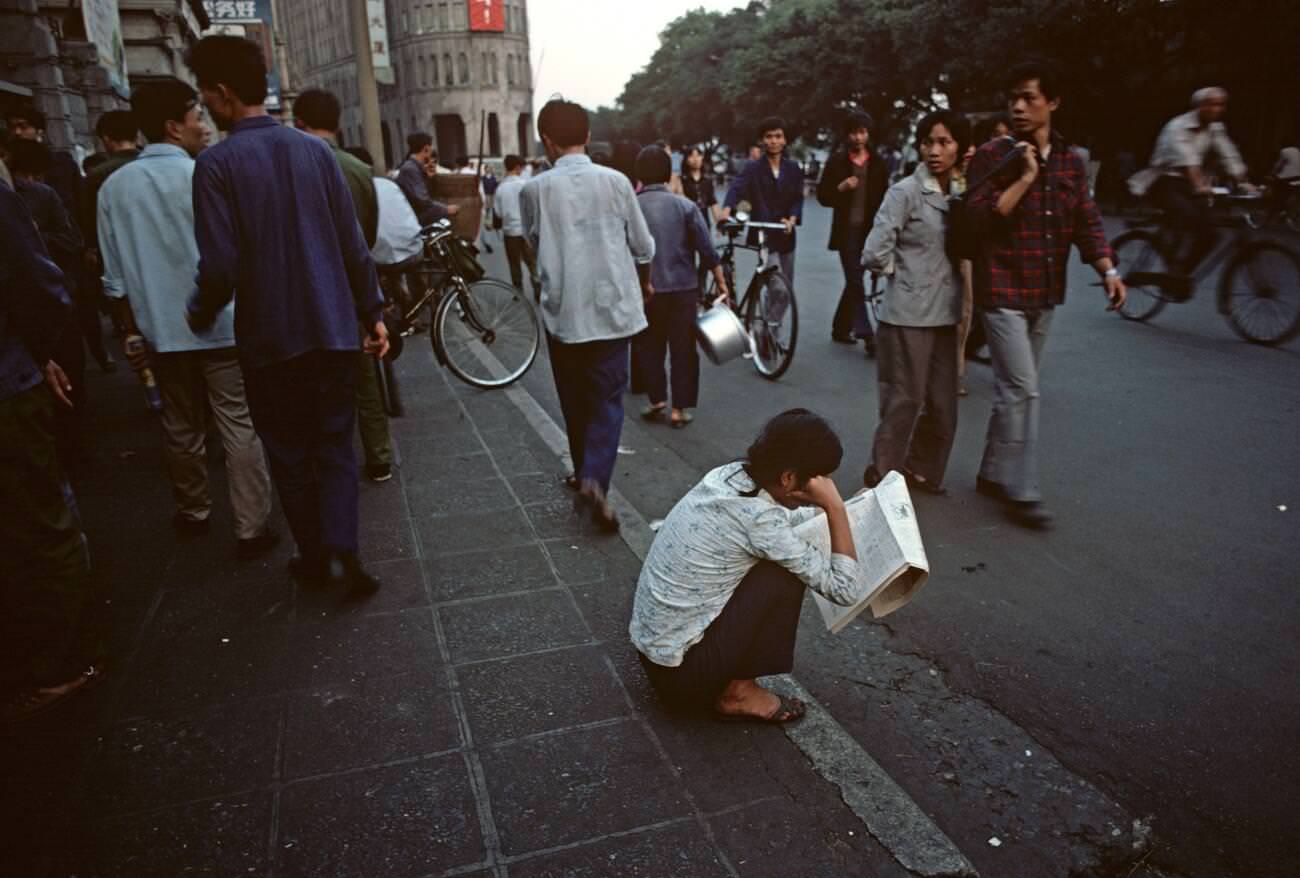
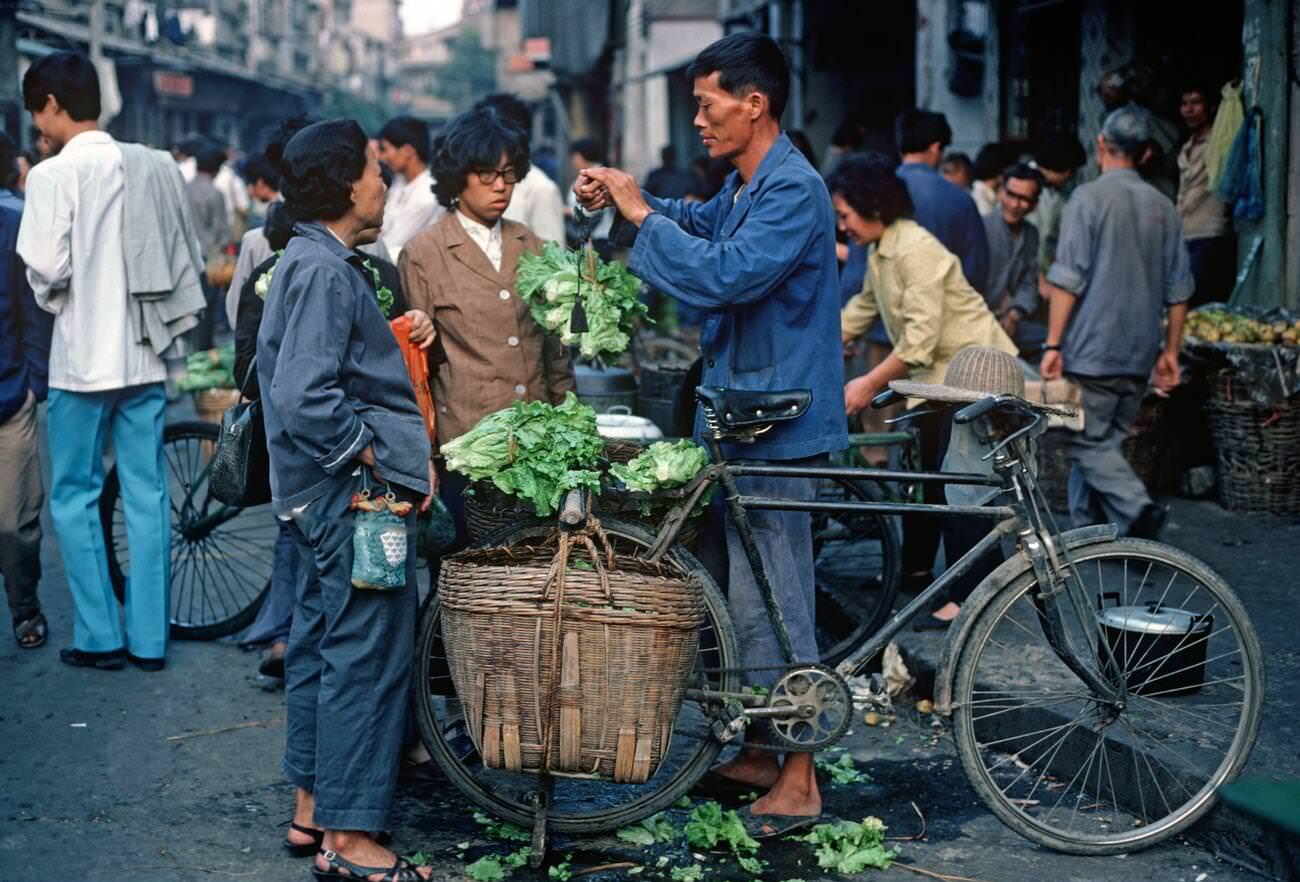
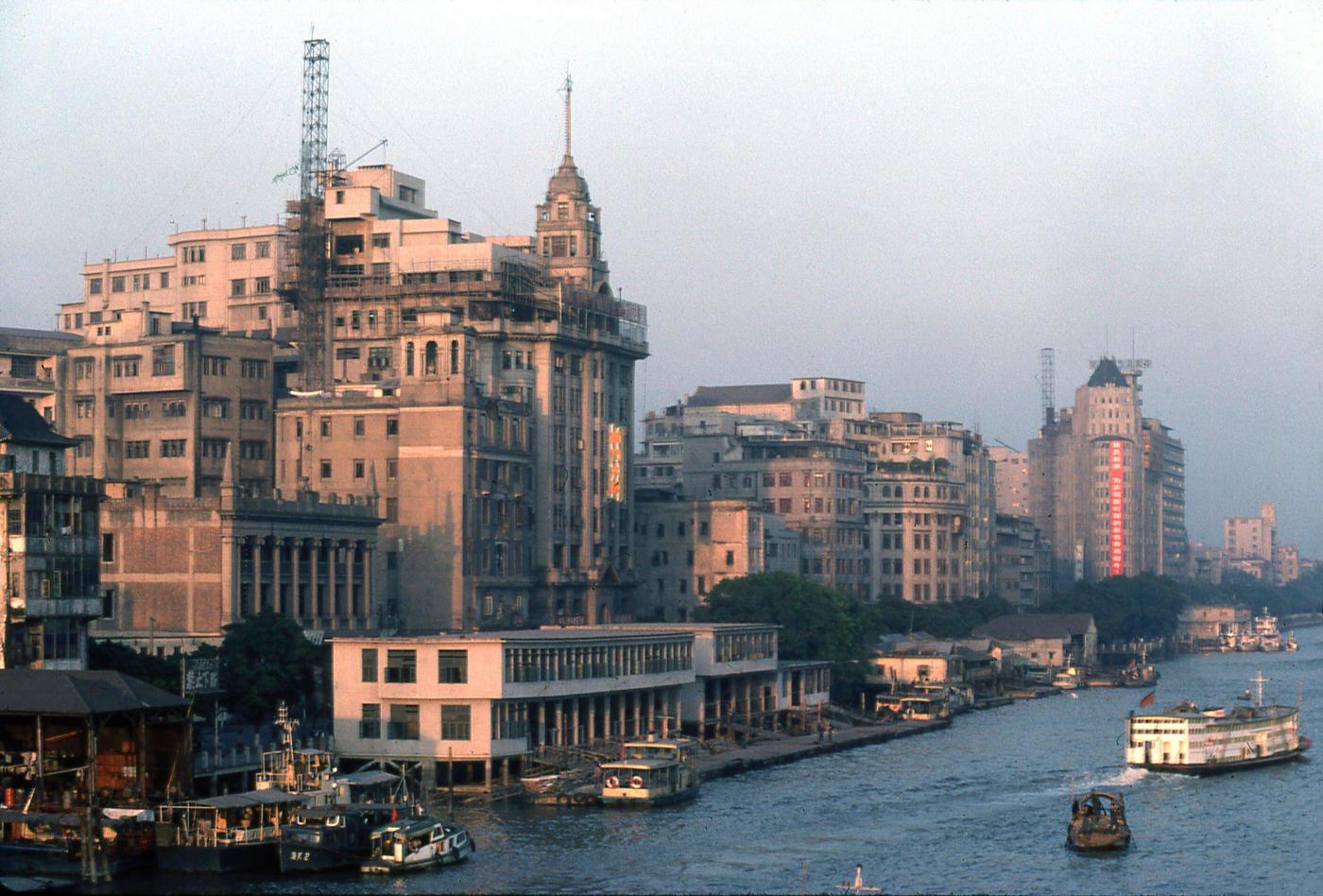
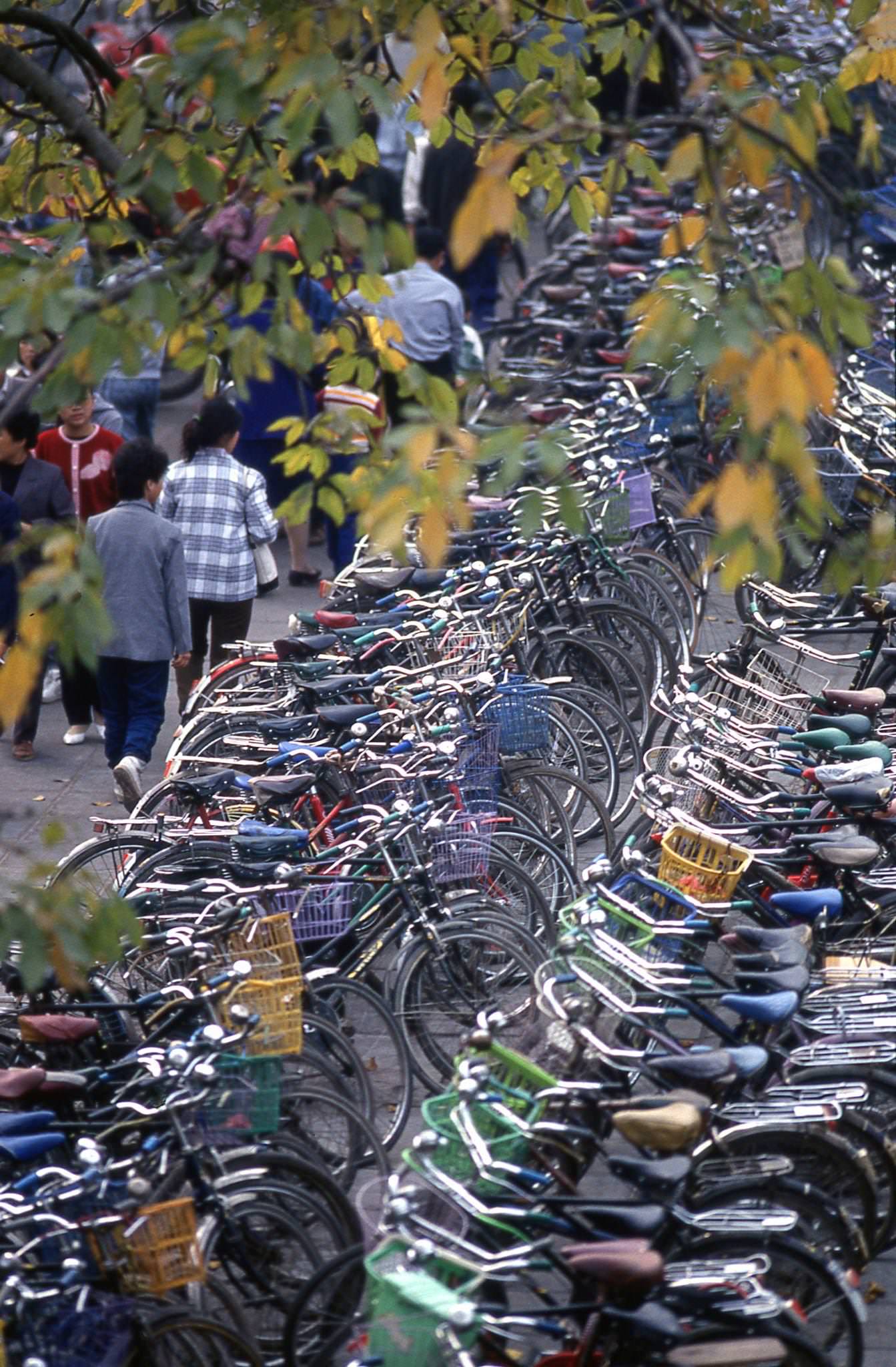
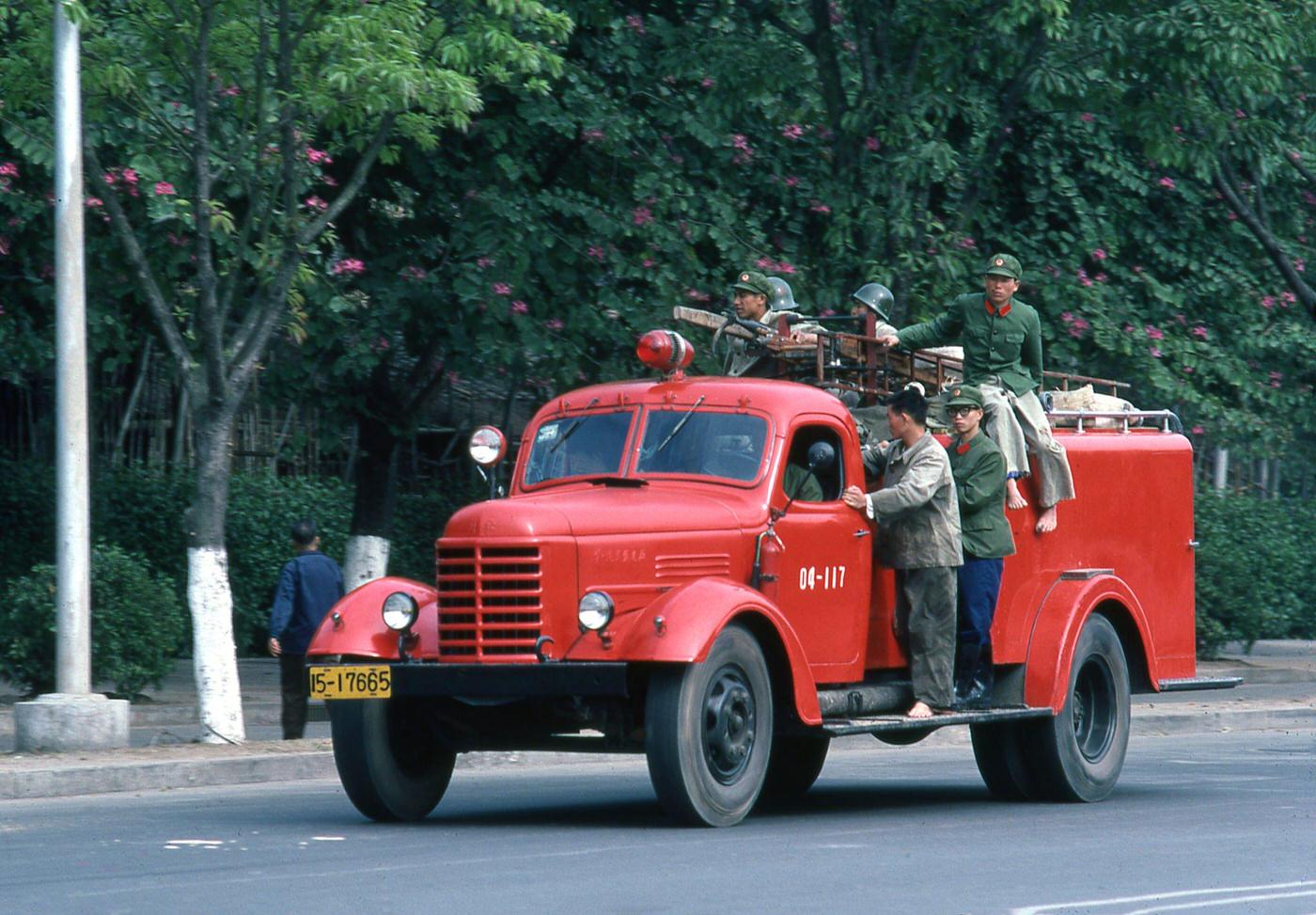
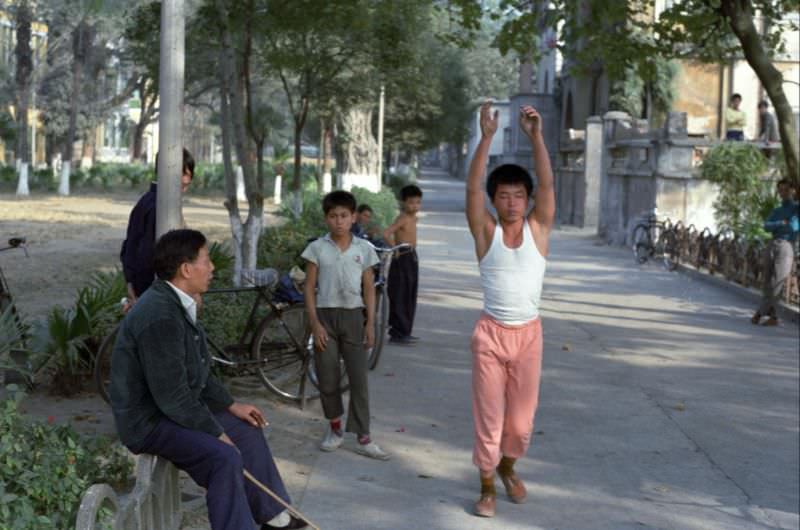
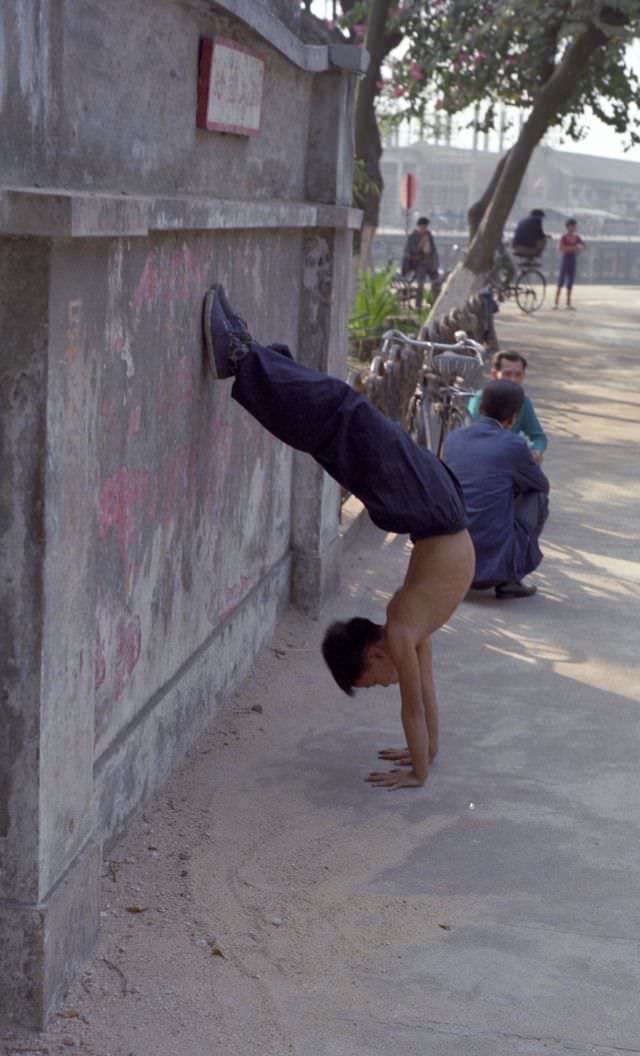
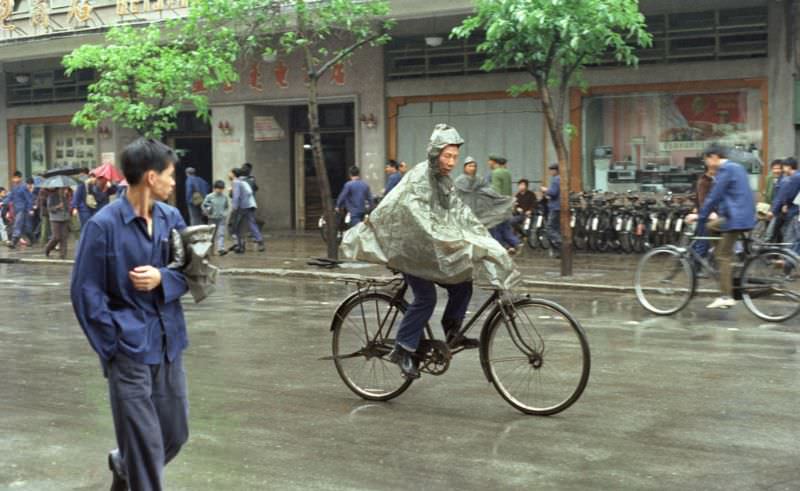
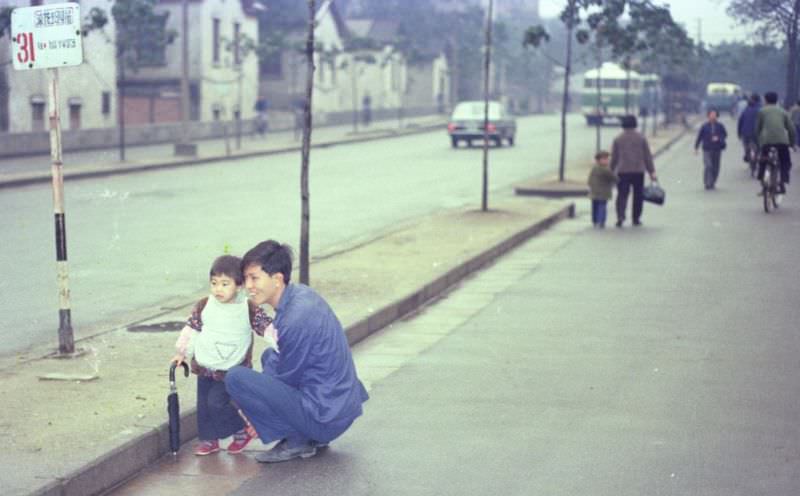
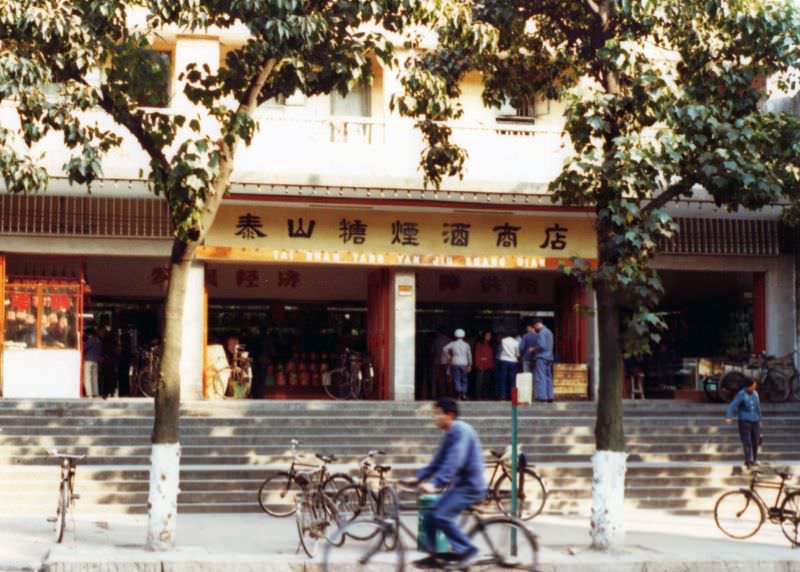
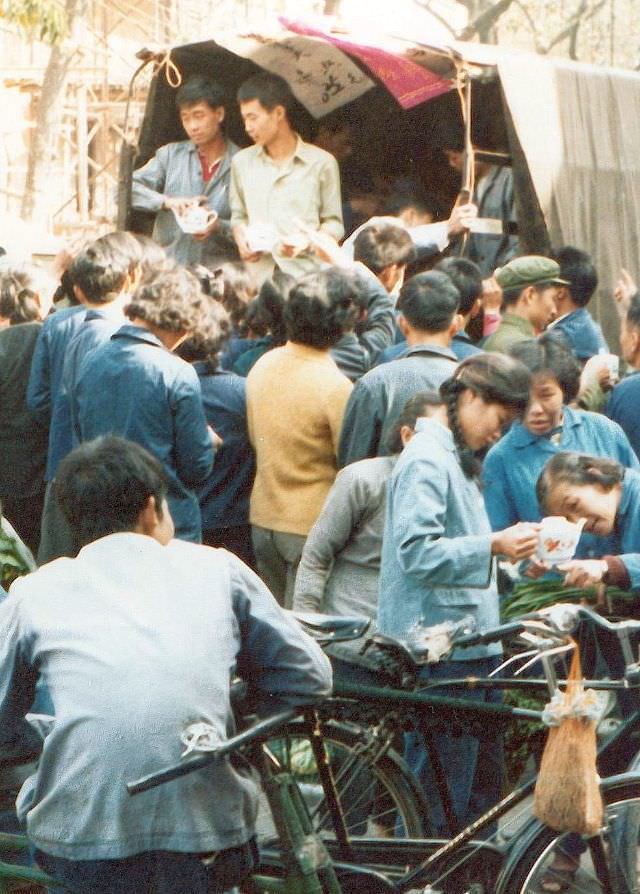
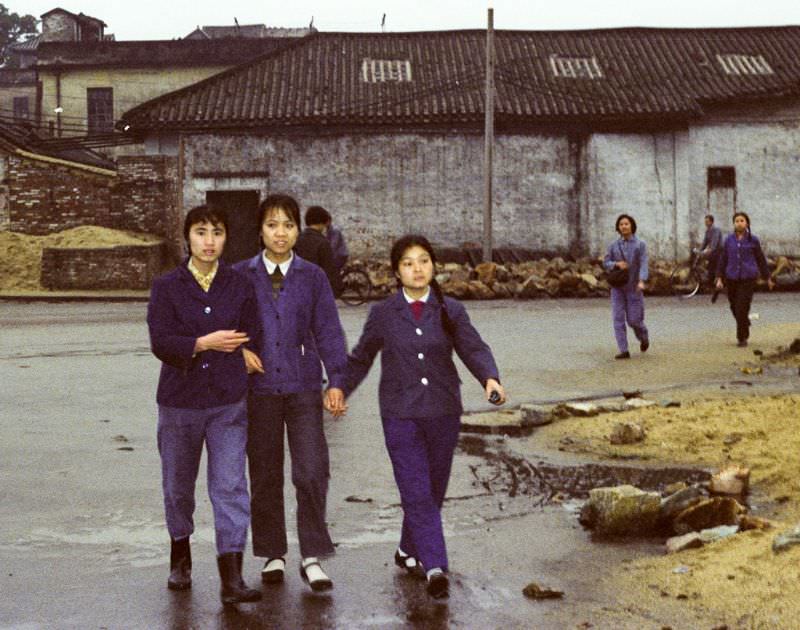
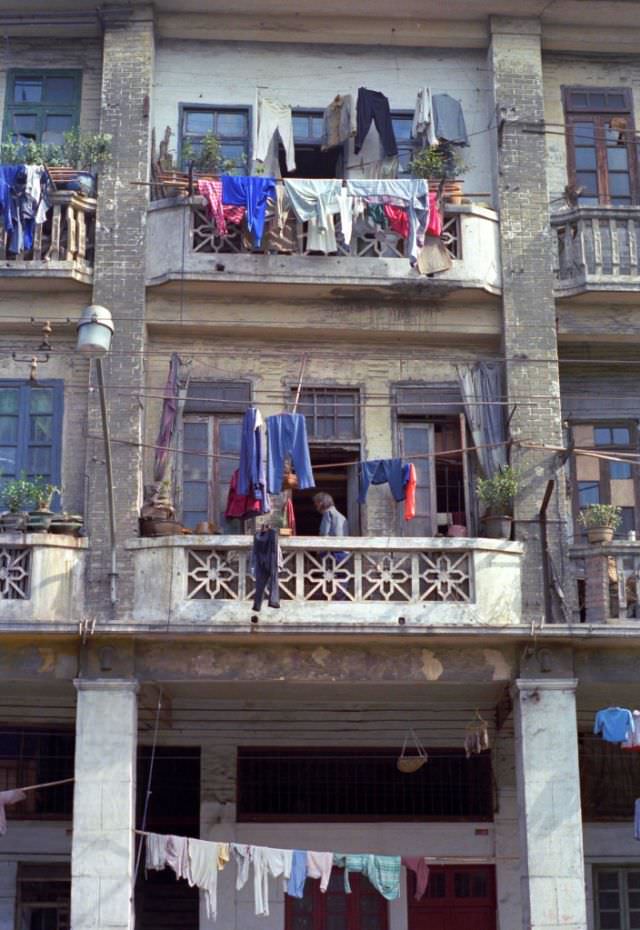
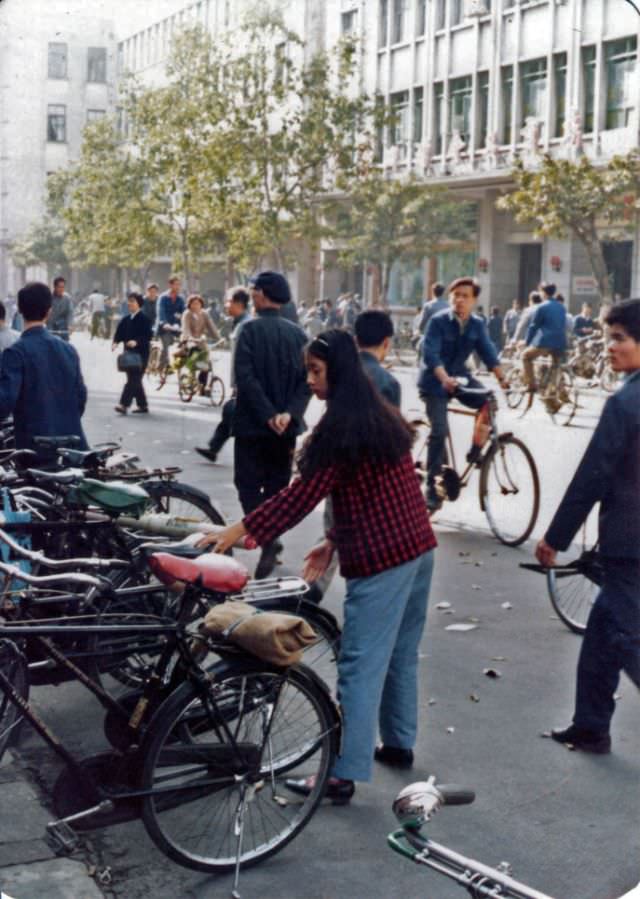
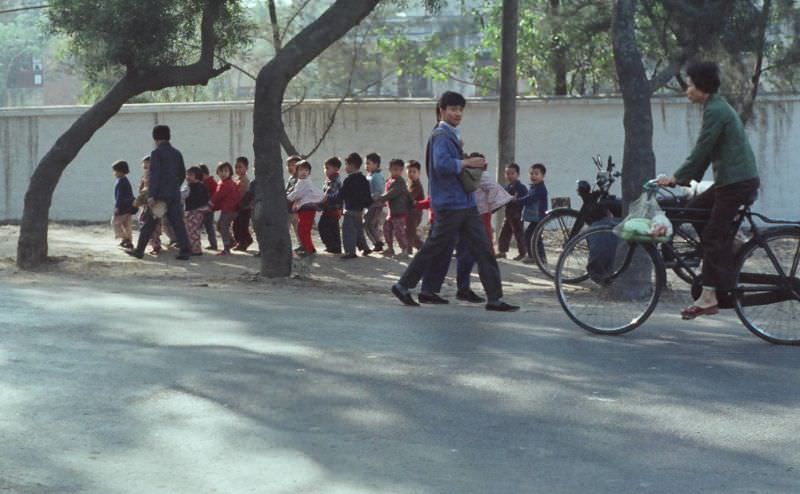
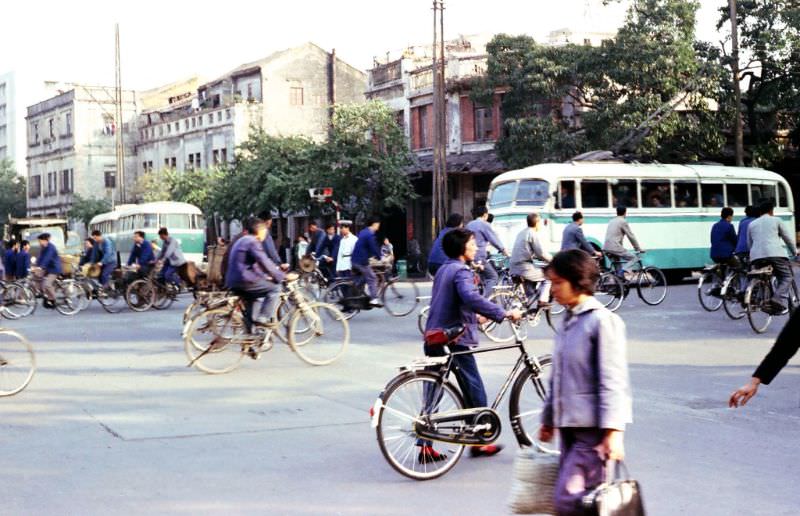
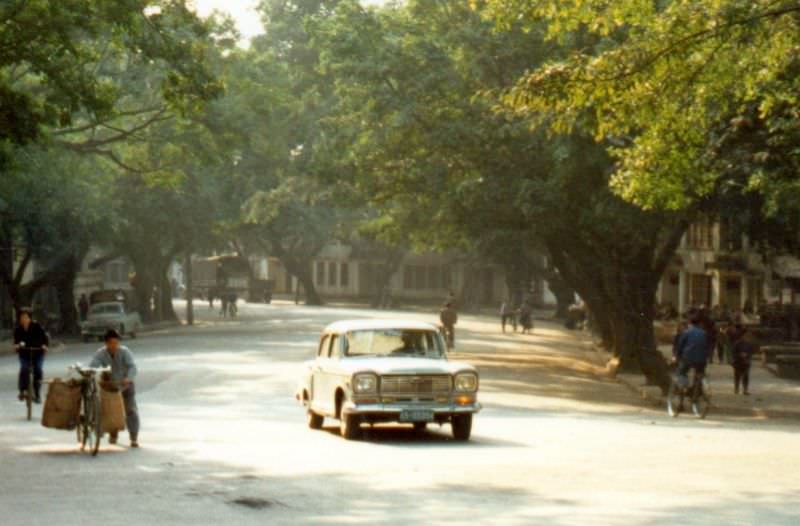
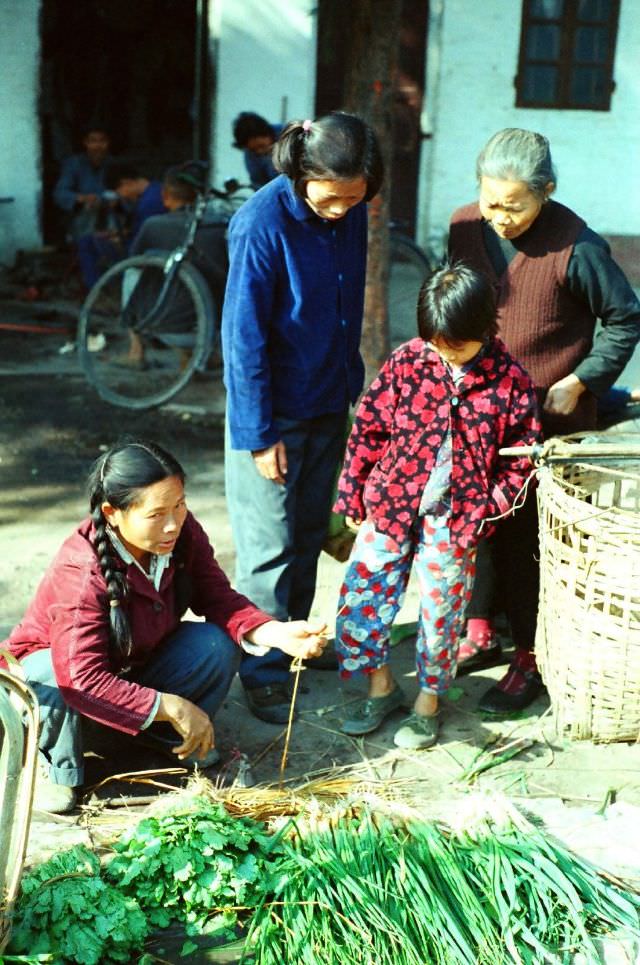
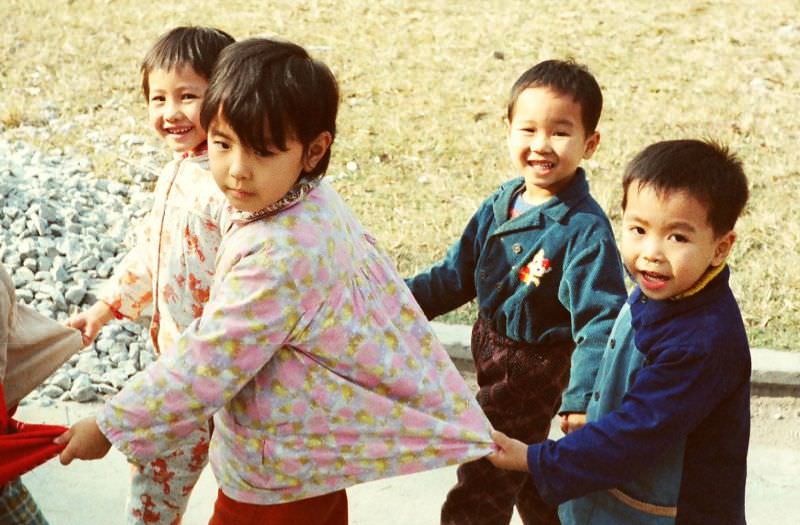
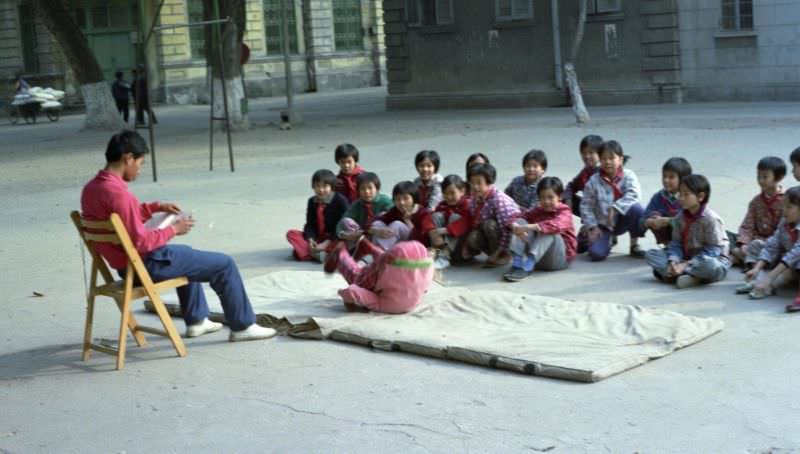
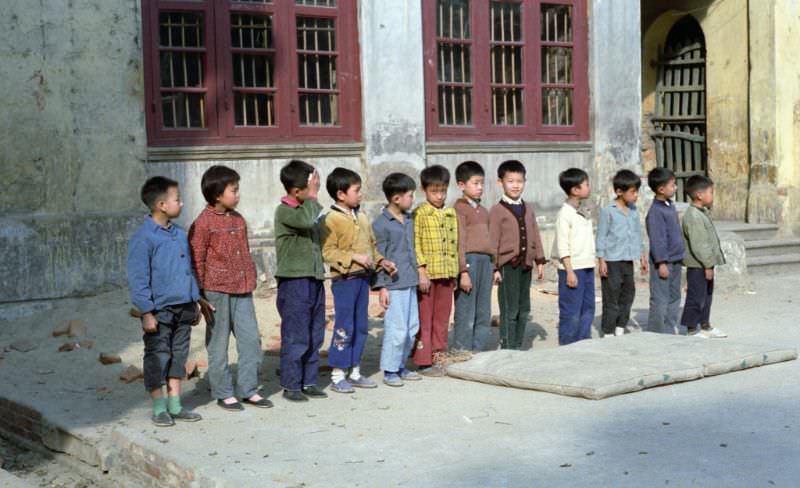
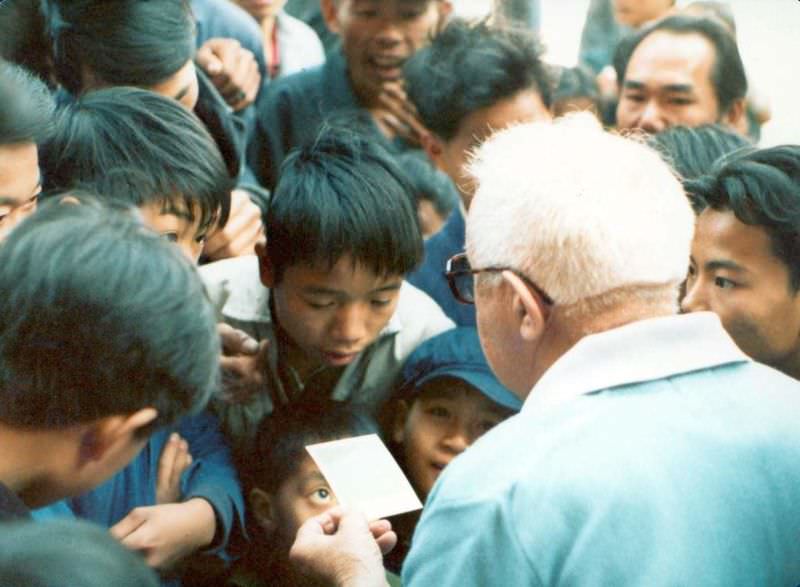
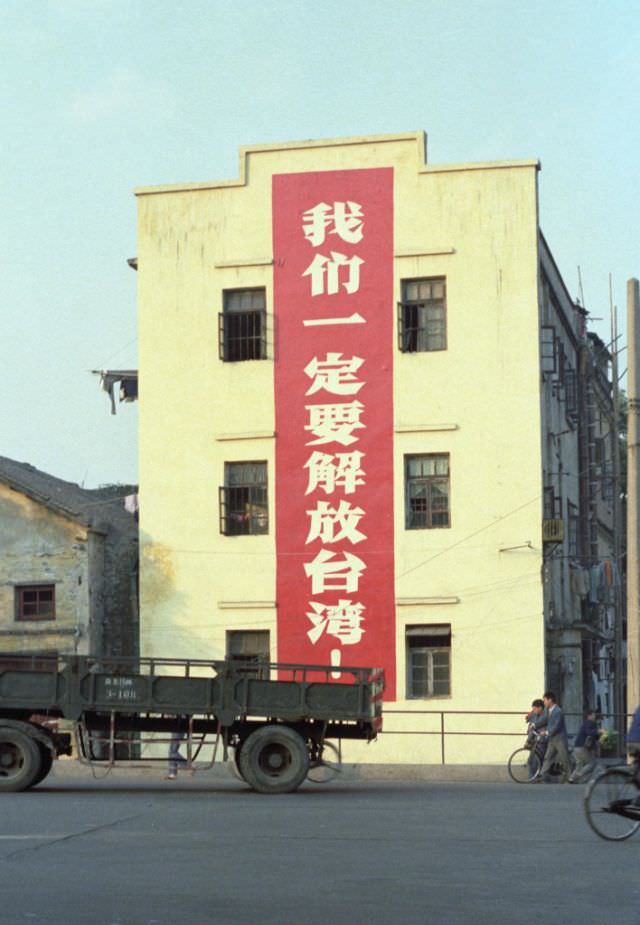
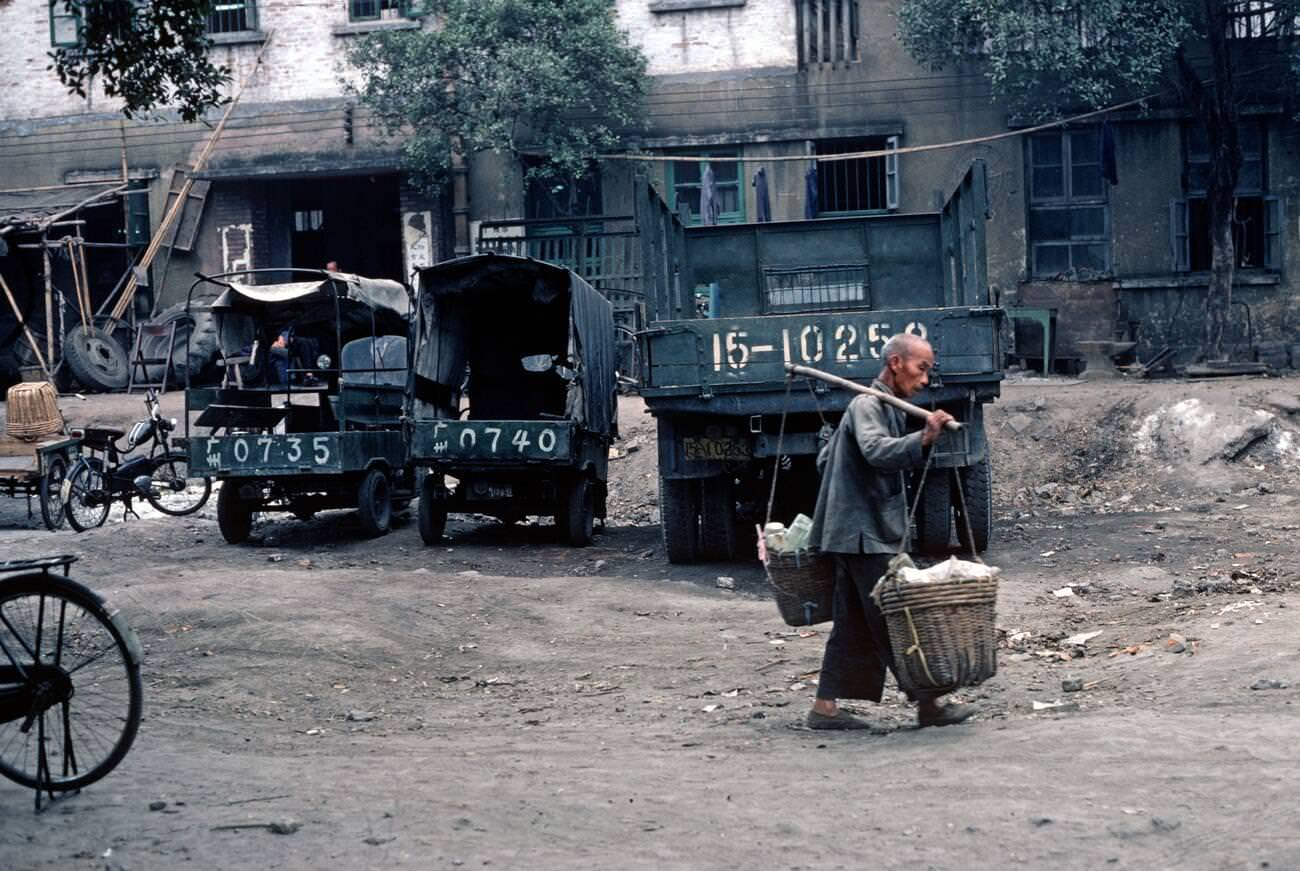
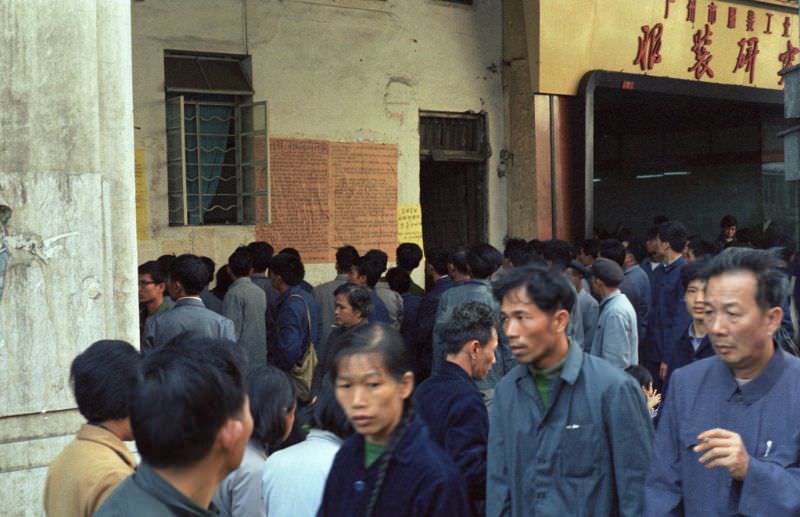
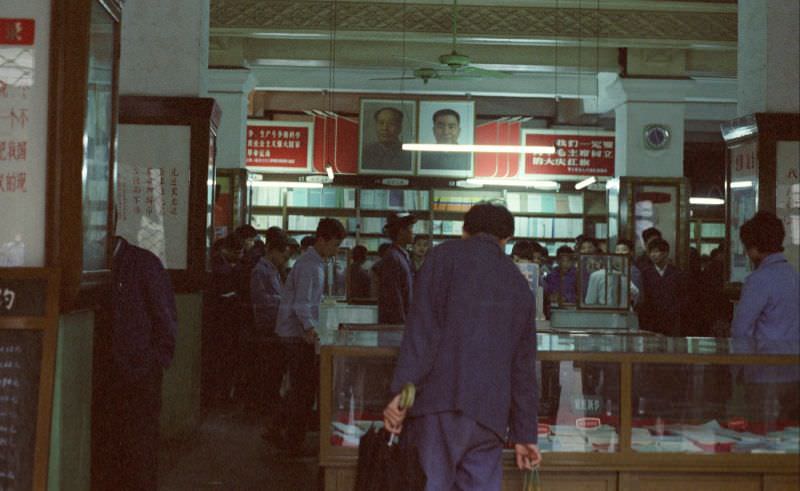
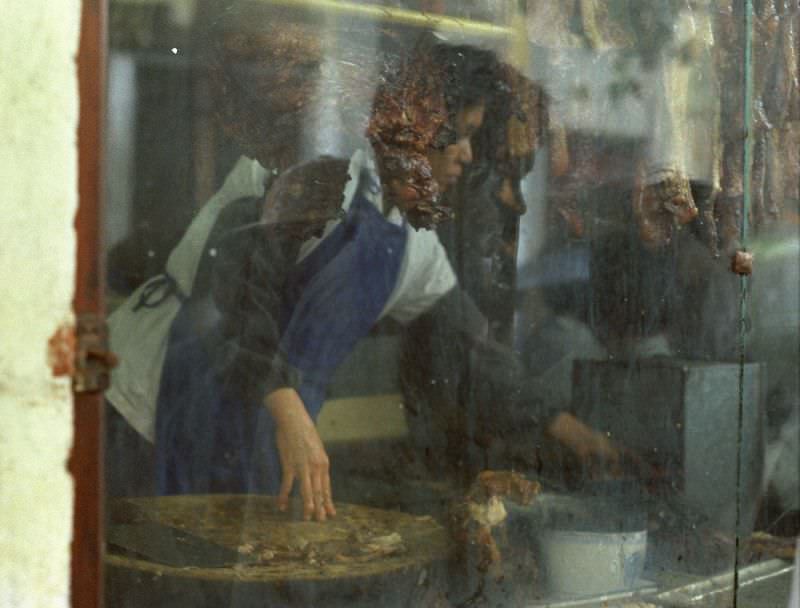
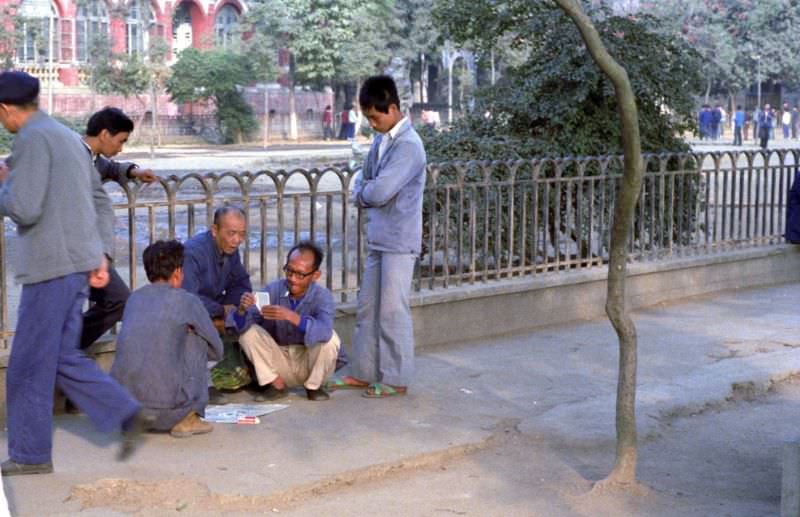
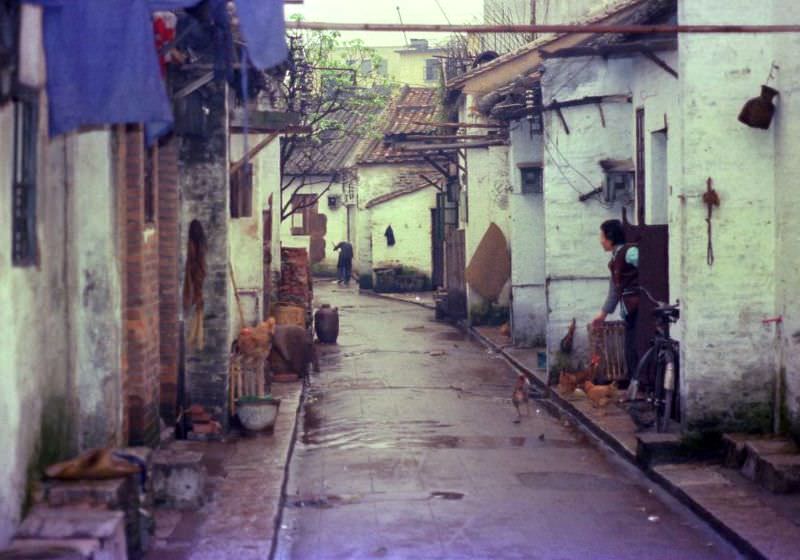
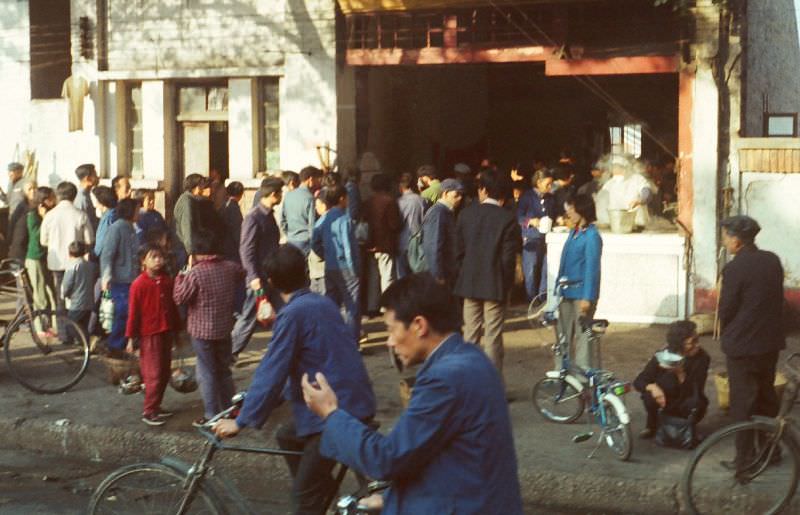
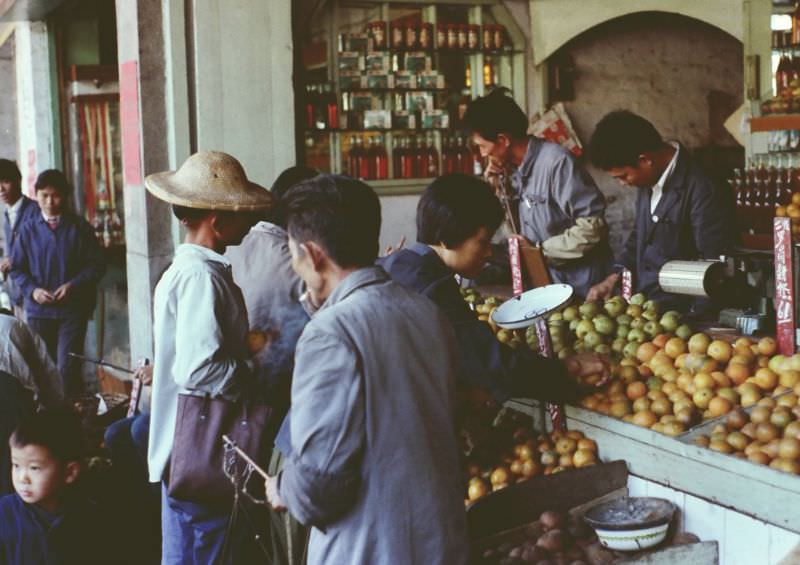
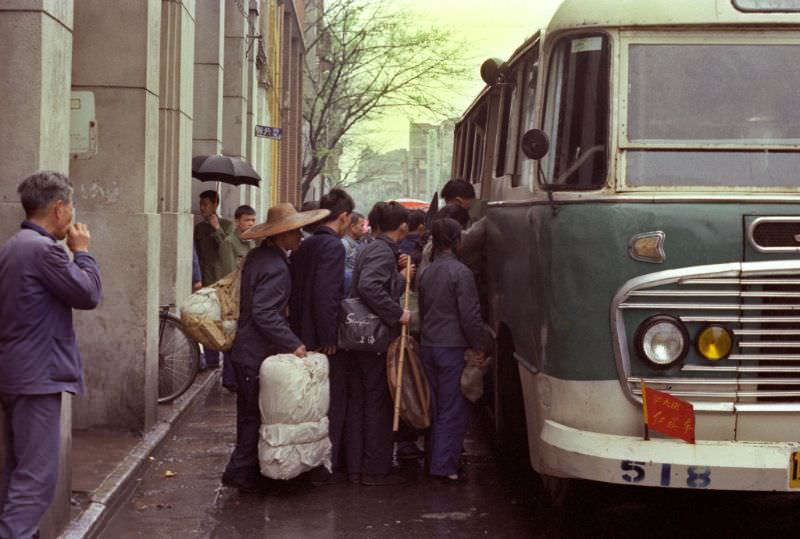
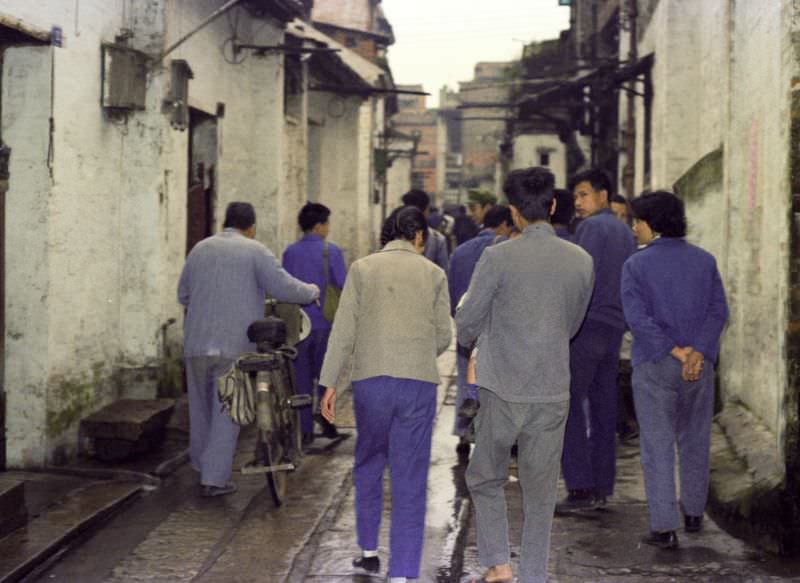
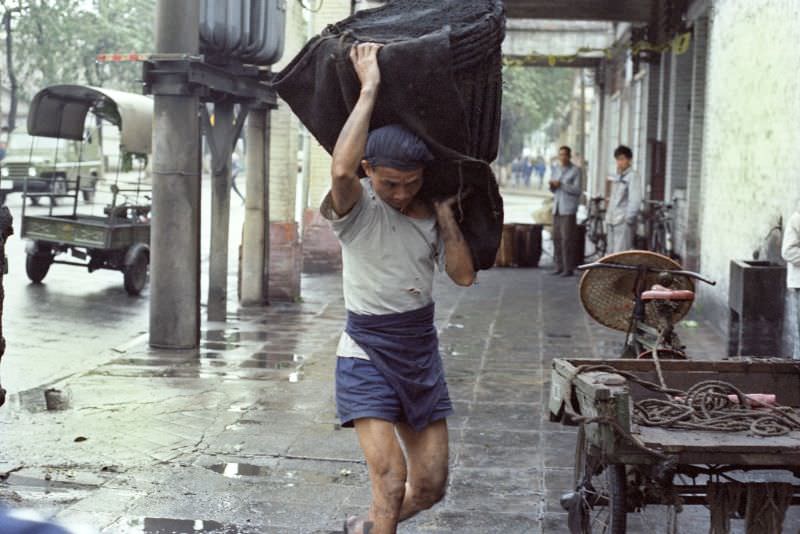
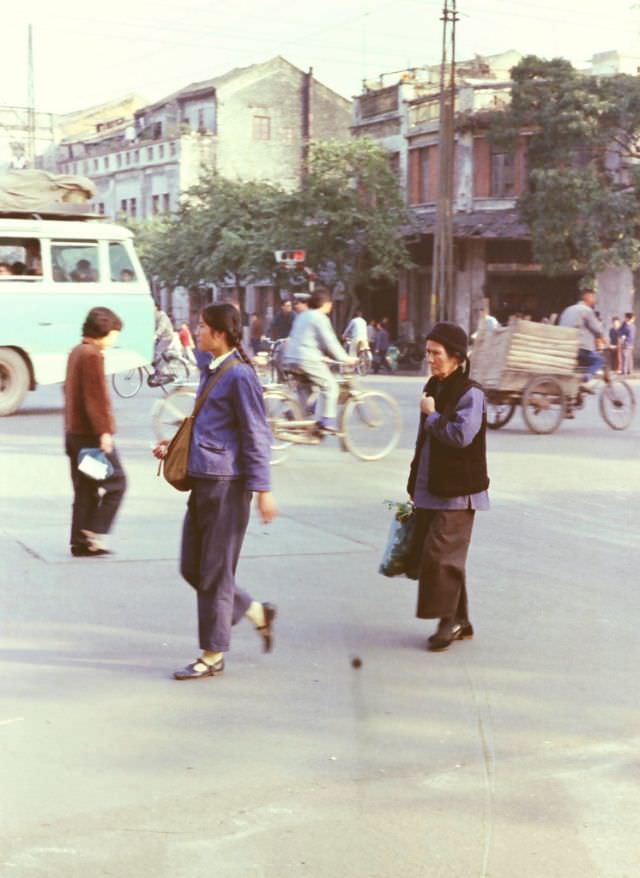
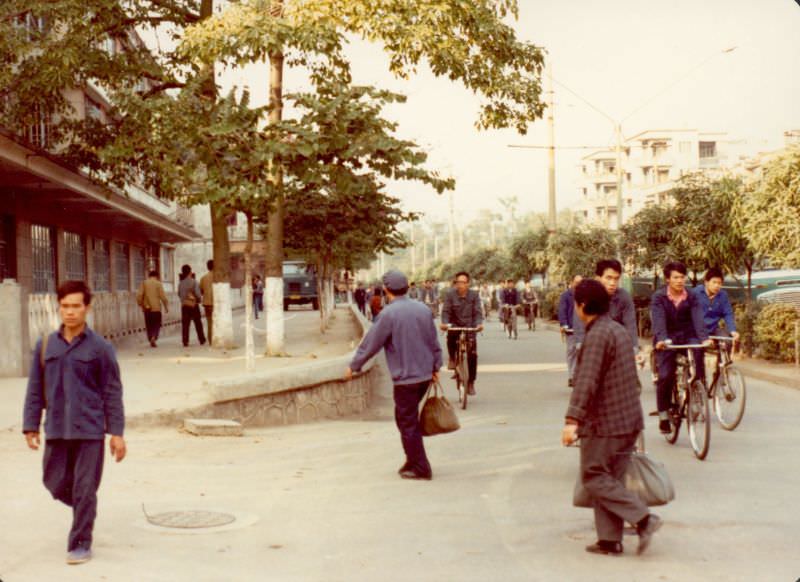
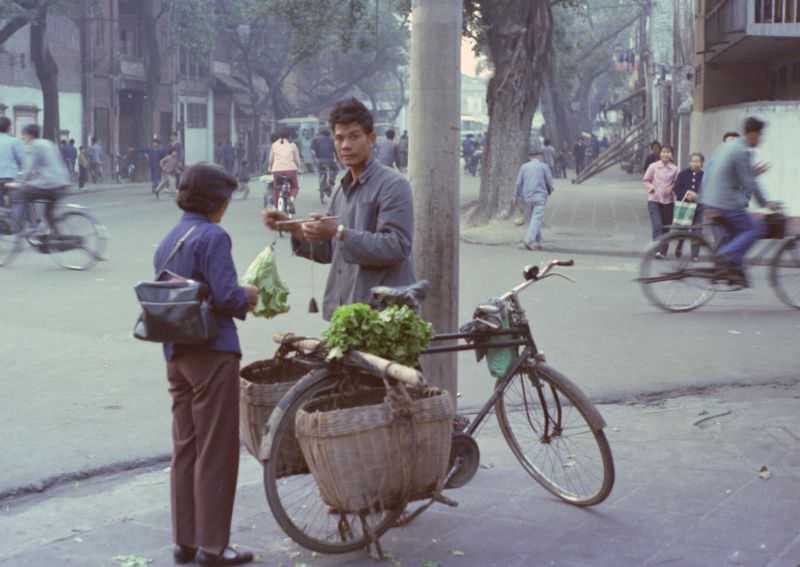
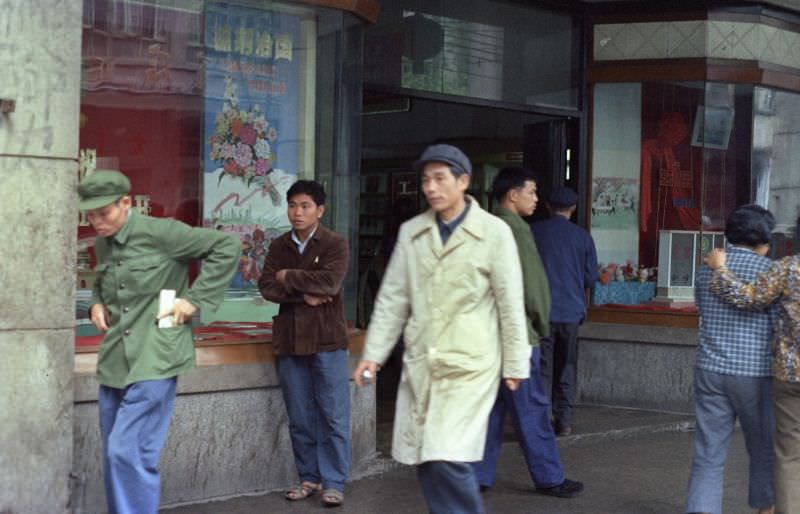
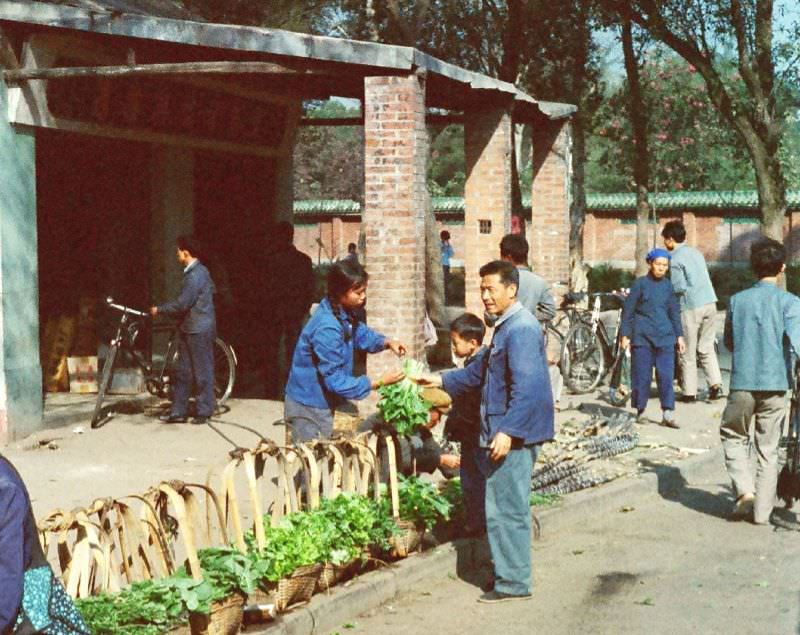
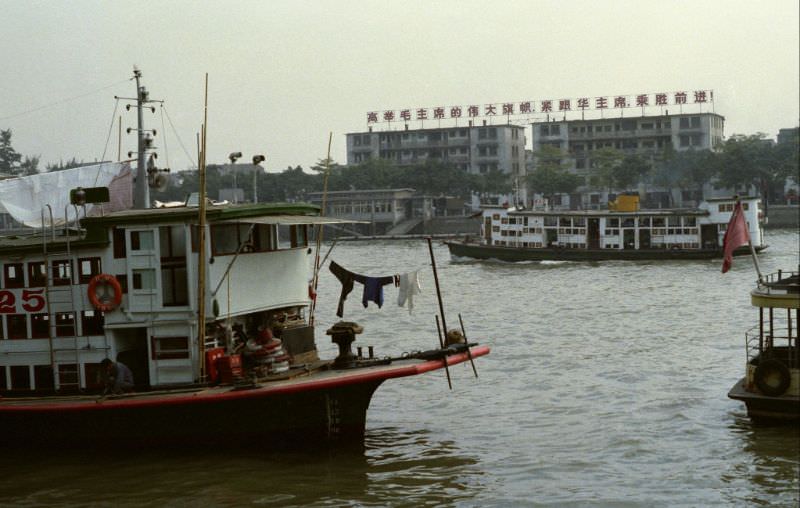
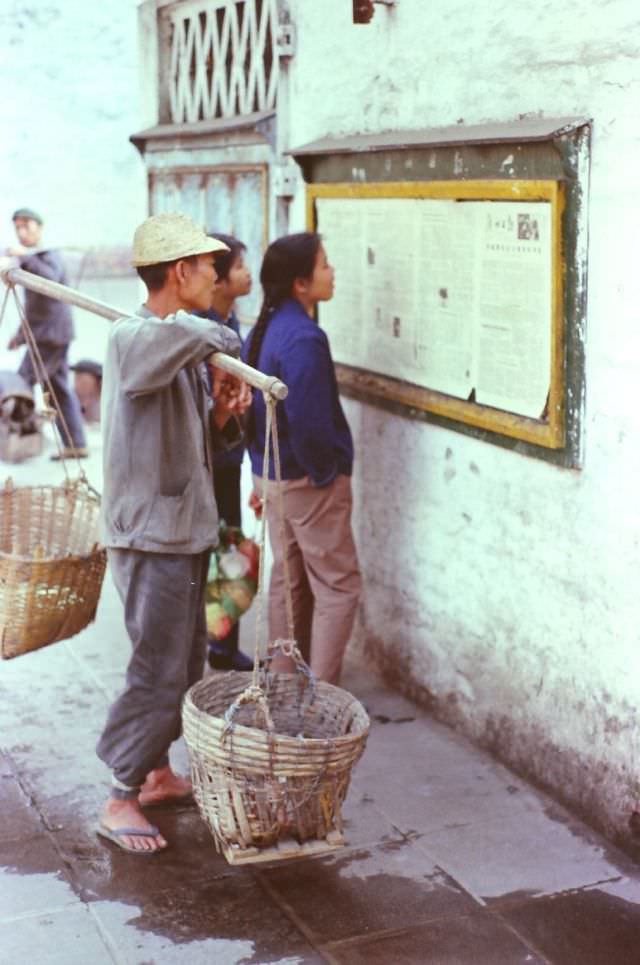
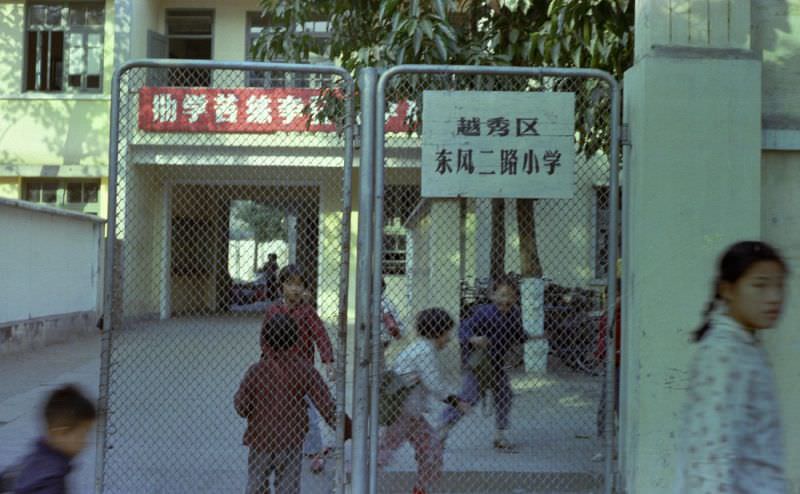
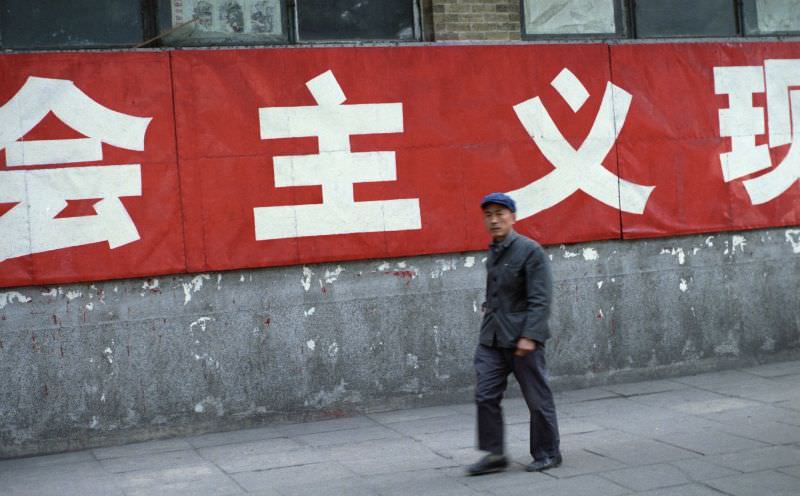
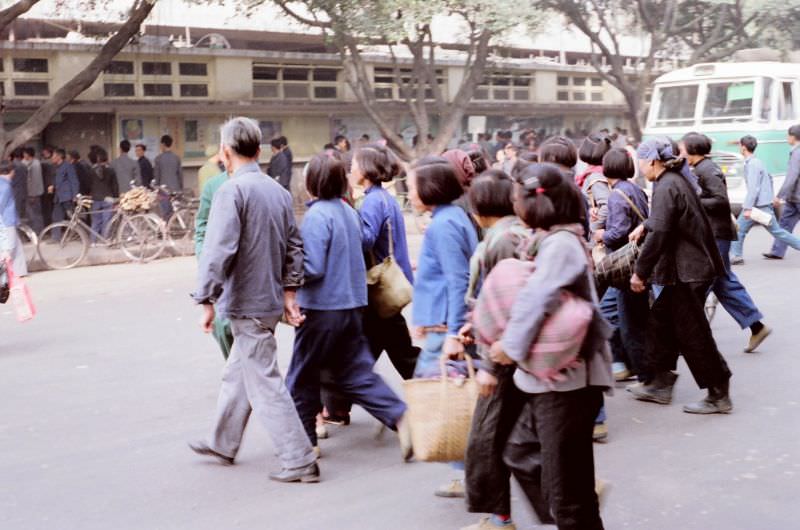
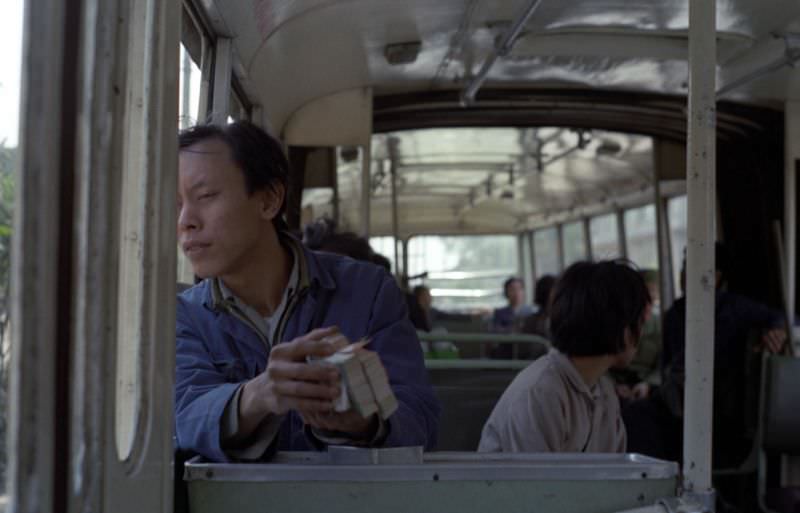
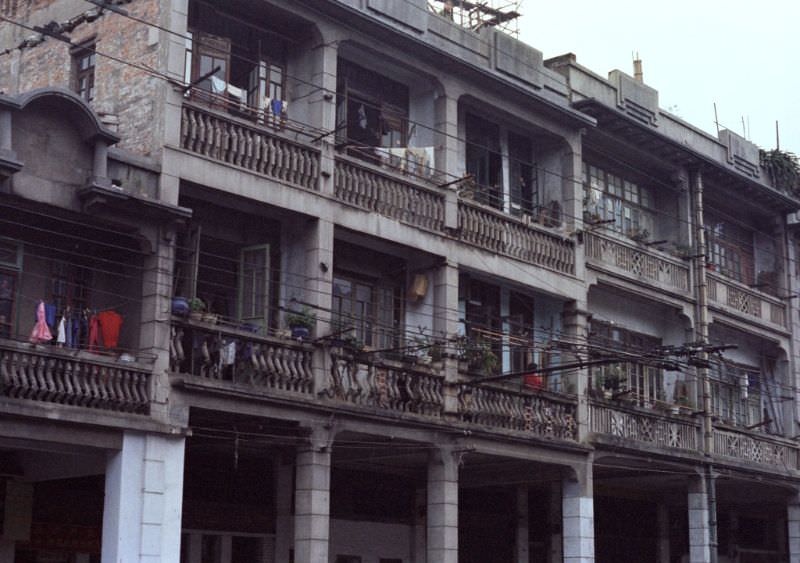
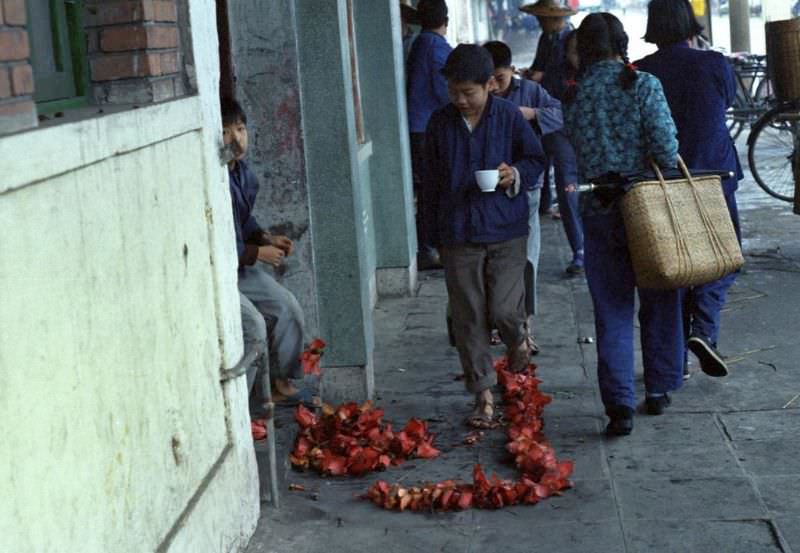

Great photos. The main train station still looked like that a few years ago. I believe it’s been fully updated in the last few years though.
Why do the card players have bricks on their heads?
I still remember when the Dongfang was by far the best place in town! Is it still even open these days?
I asked my GZ fiancee: those guys put a brick on their head per each game loss (up to 3-4 bricks, depends how strong their neck is lol), means the guy in the middle is playing well 😉
Thank you.
Yep Dongfang Hotel is open and same as before, it’s one of very few places that didn’t change and I love to revisit it… All that area didn’t change much, brings some great memories from my first Canton Fair visits from 2001 up when it was in Liuhua… Big Four back then were Garden Hotel, White Swan, China Hotel and Dongfang… good times.
Do you remember the sky gardens at the DongFang?
Used to take dates up there back in the day.
Who are the top five these days?
Which one was sky gardens? I remember there was ine garden up on the roof (within the tropical garden inside Dongfang), that one is gone but everyone else is there, same pool and tropical garden.
Current top 5? Ah… now it’s the same like in any other big city (Four Seasons, Ritz, Hyatt, etc…). I still prefer old big 4 and their charm so I recommend them to clients visiting fairs lol… Haven’t been to White Swan for many years, hope it aged better than Dongfang… Garden and China seems to be doing ok.
The White Swan was refurbed recently, but is no longer in the best location. Garden district was deliberately sabotaged to enable Zhujiang, but as you say, I too prefer the old school establishments.
Wow… If people stare at foreigners there now, I can’t imagine the fuss it would’ve created back then 😂
My GZ fiancee’s grandma worked as a hostess at early Canton Fairs in 1960’s, at that time it was held in Haizhu (later moved to Liuhua in 1970’s).
Her family have some great stories from GZ past…